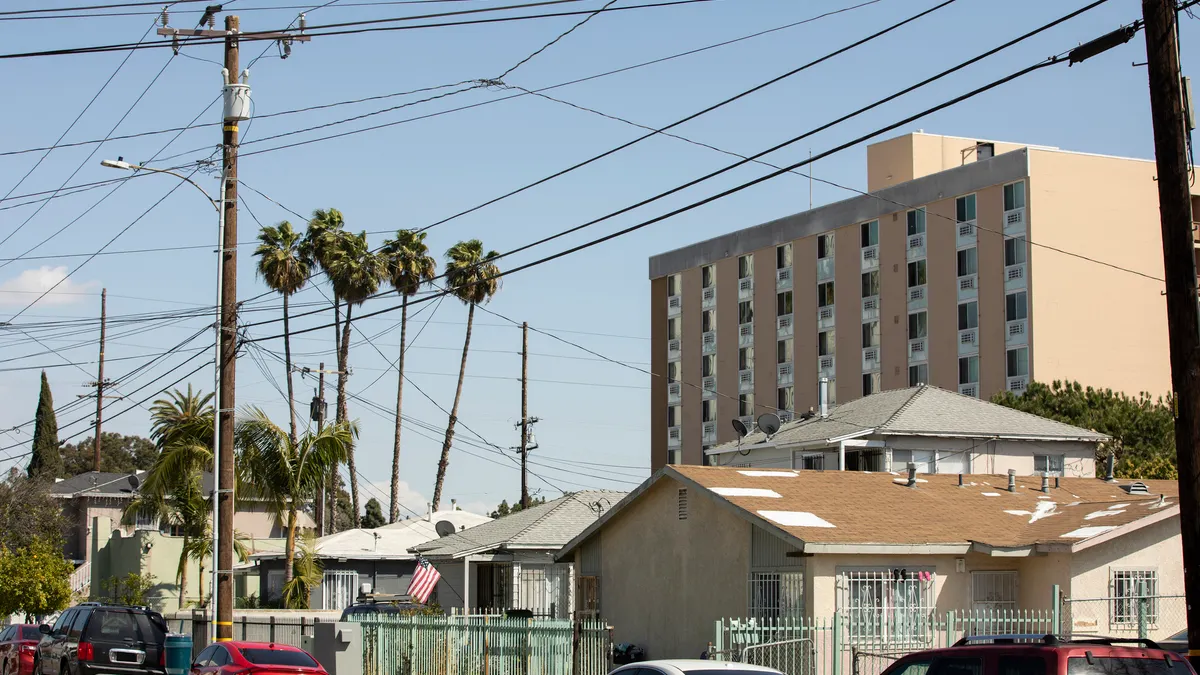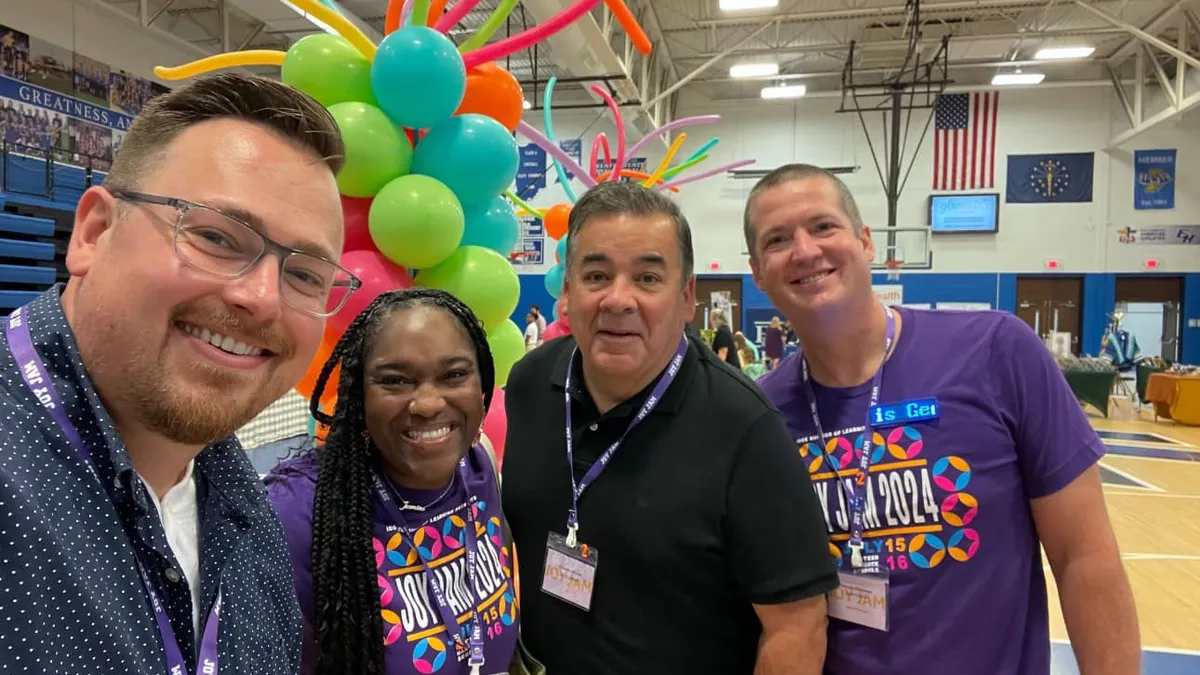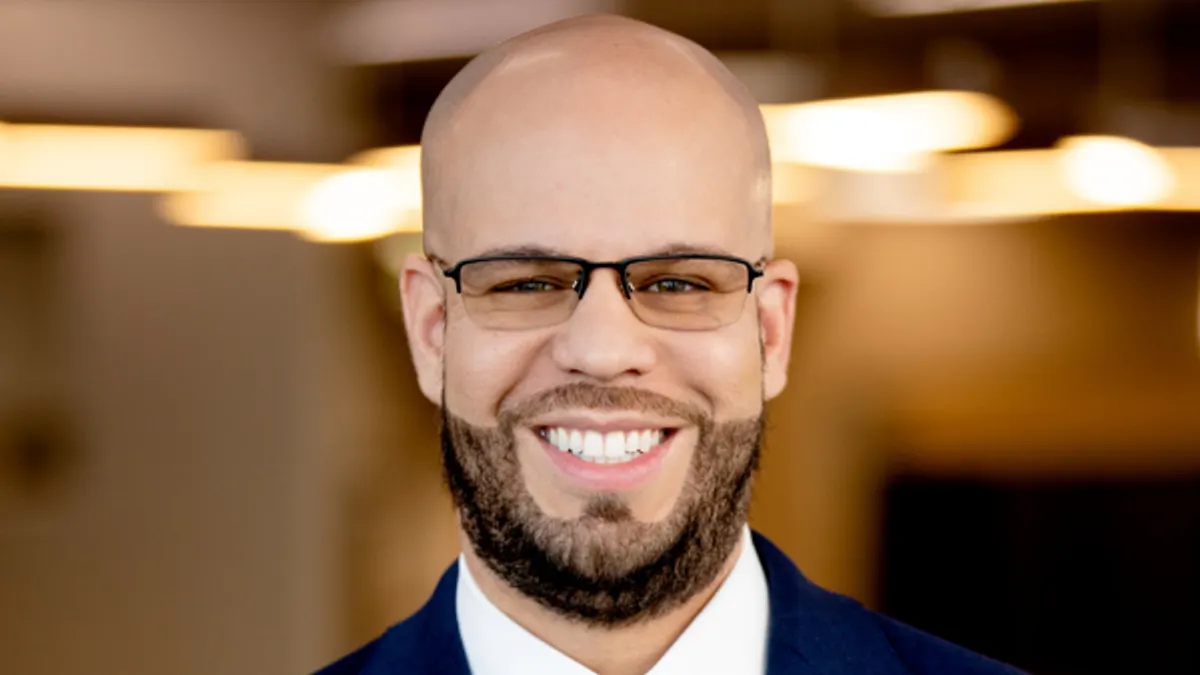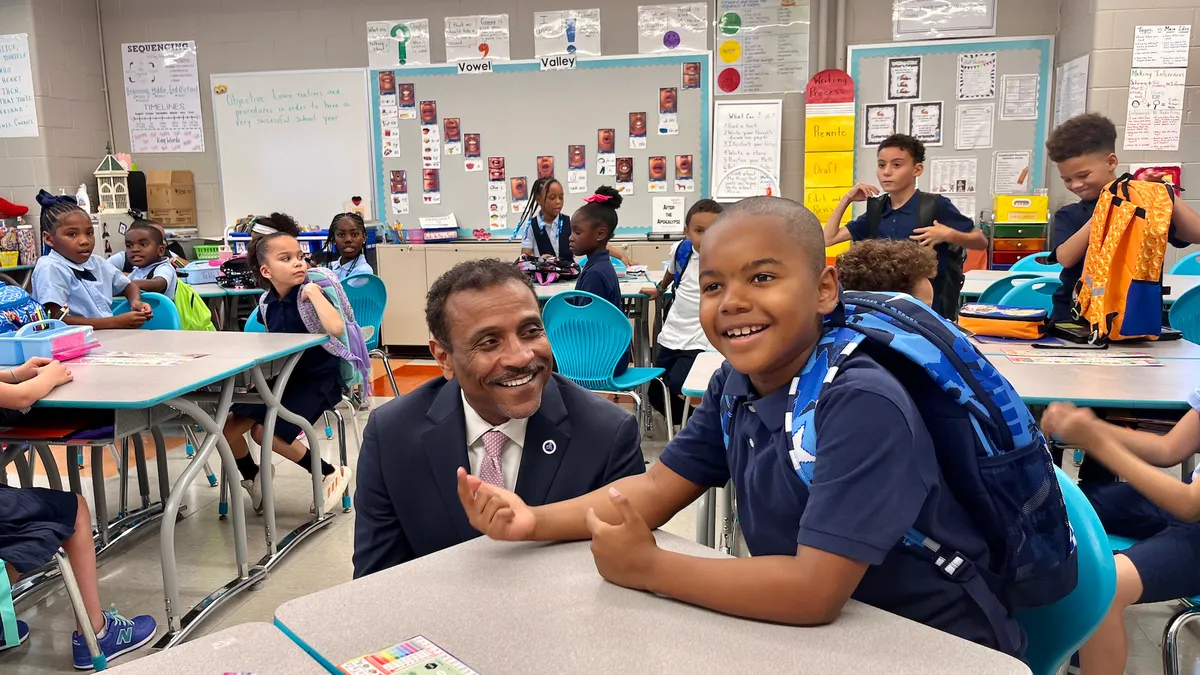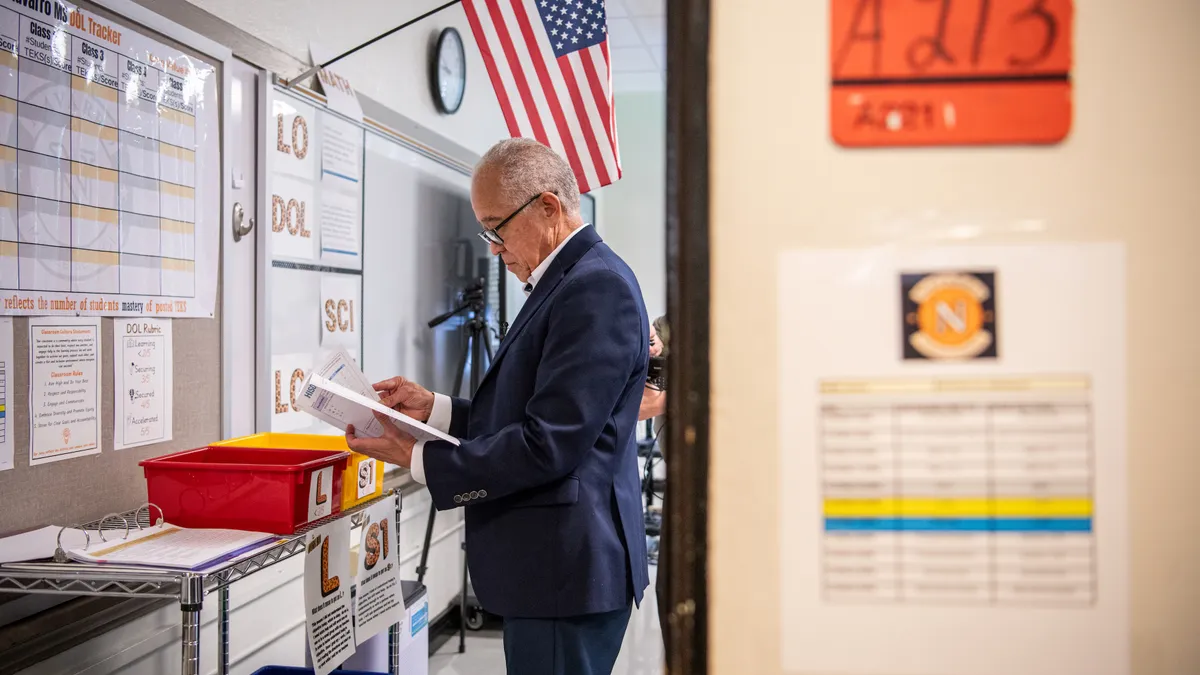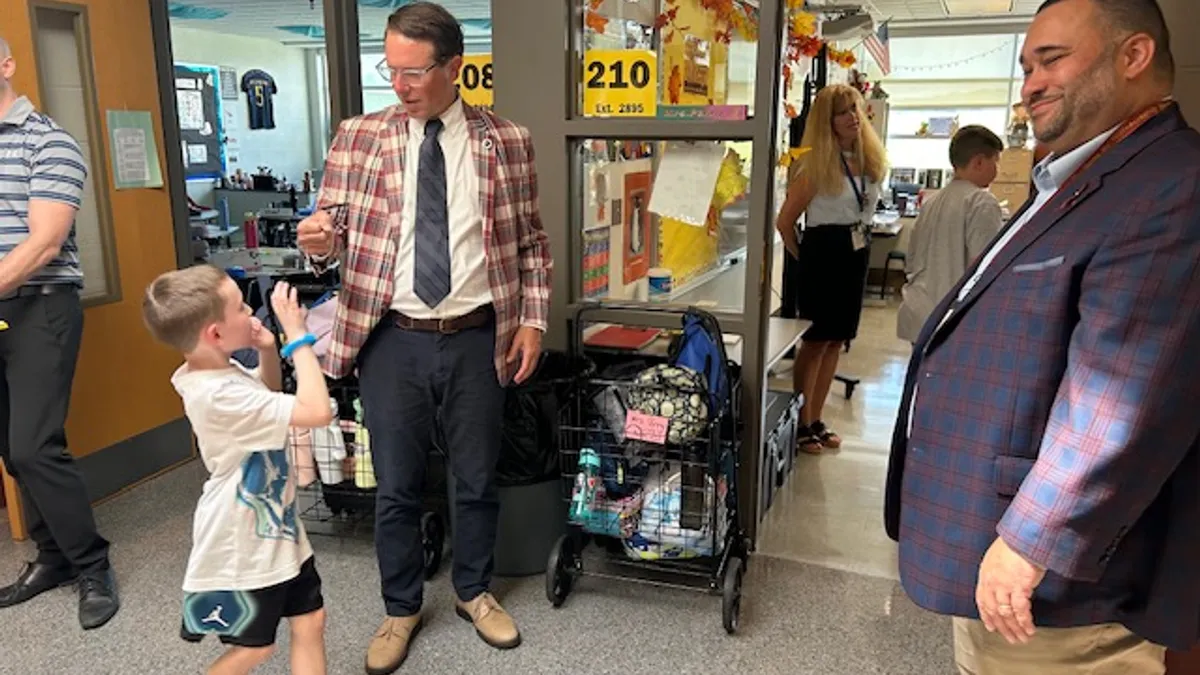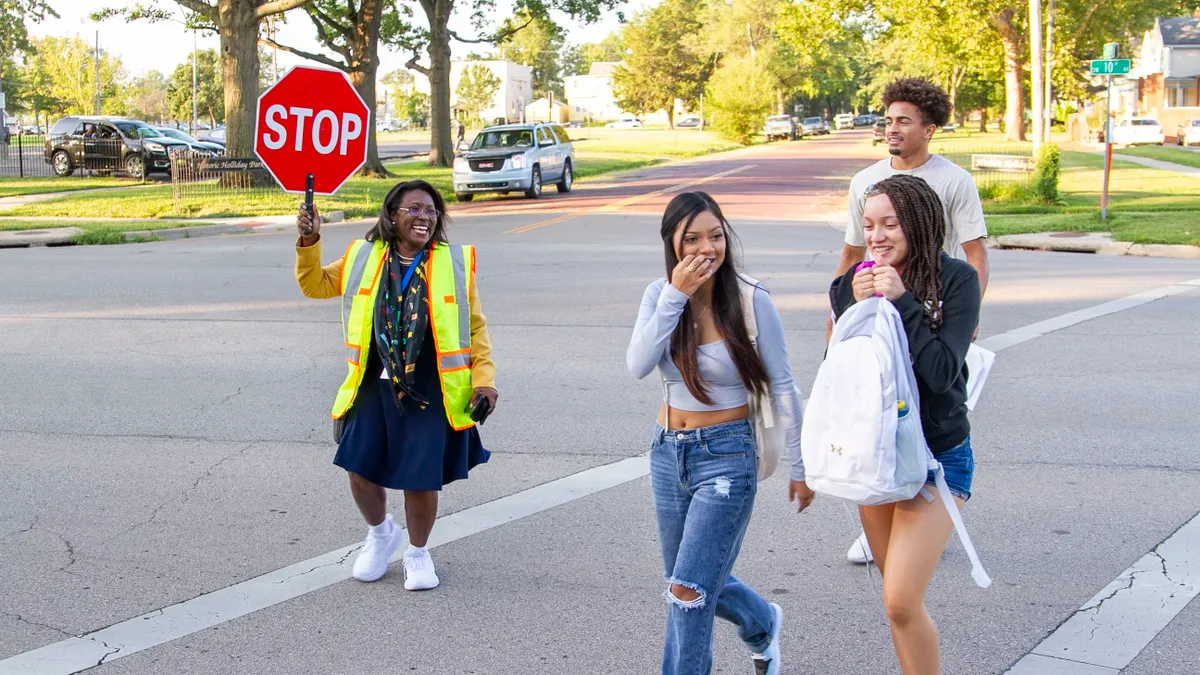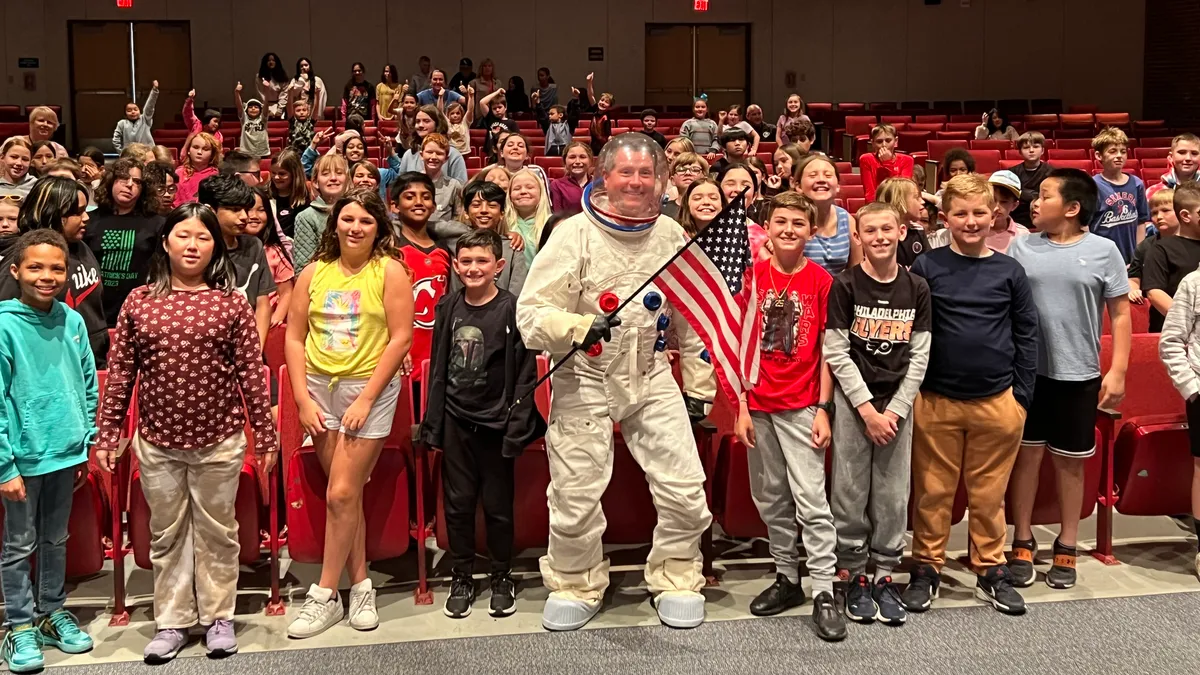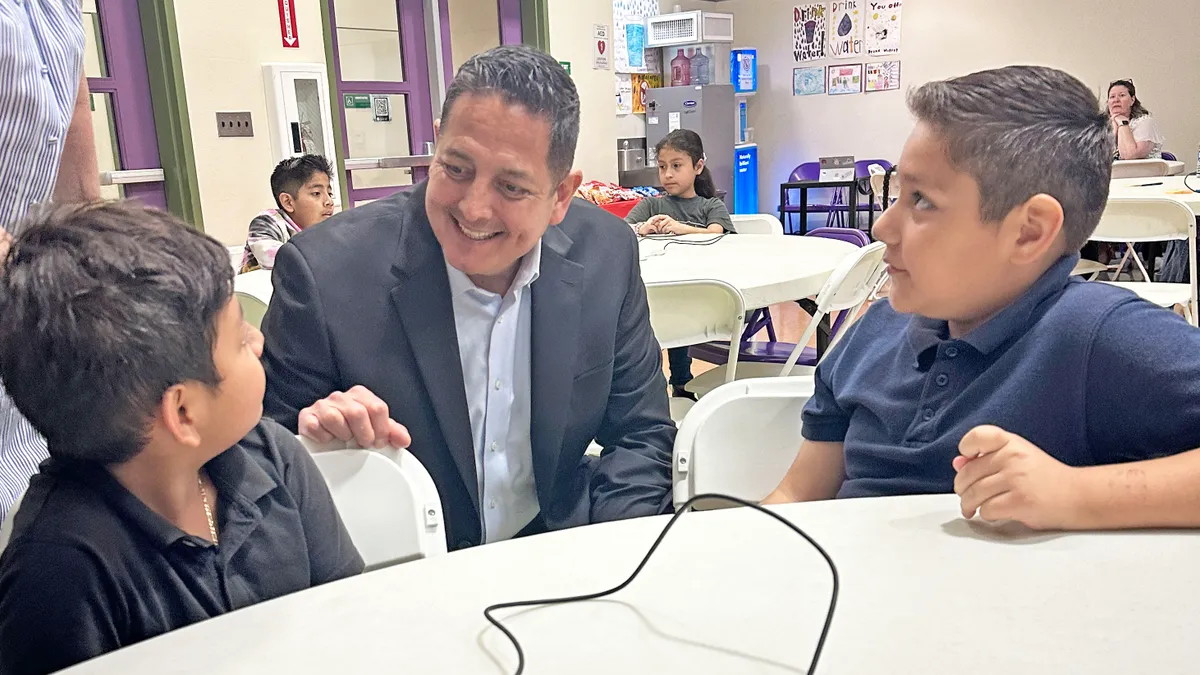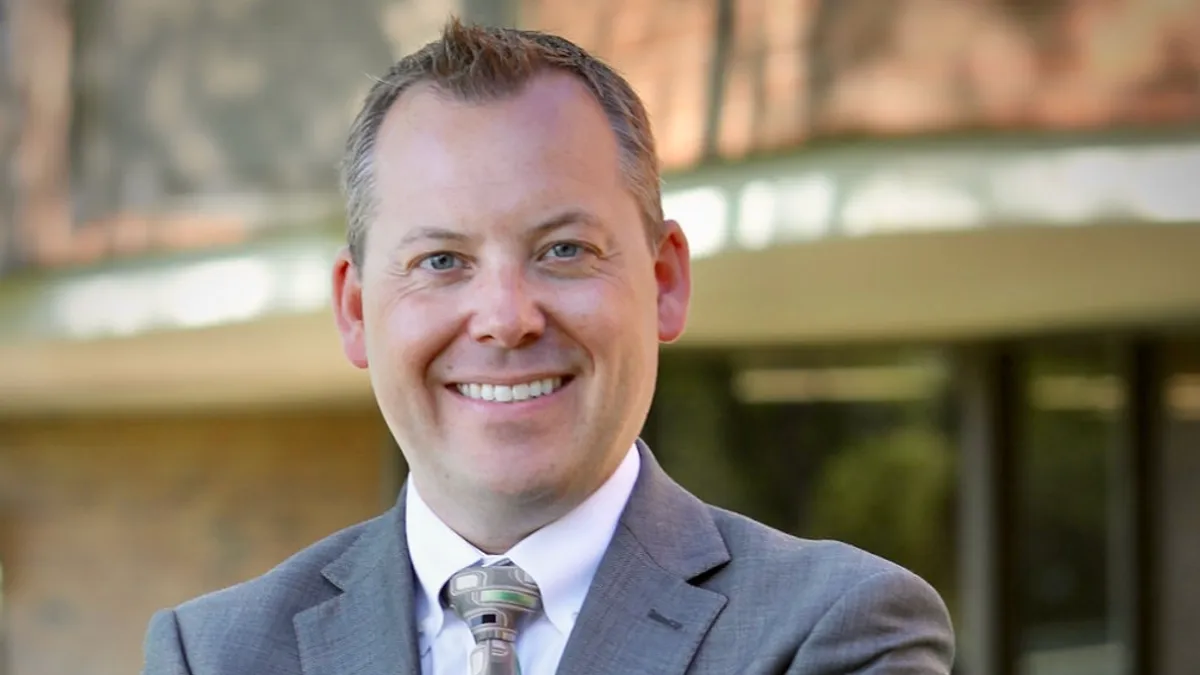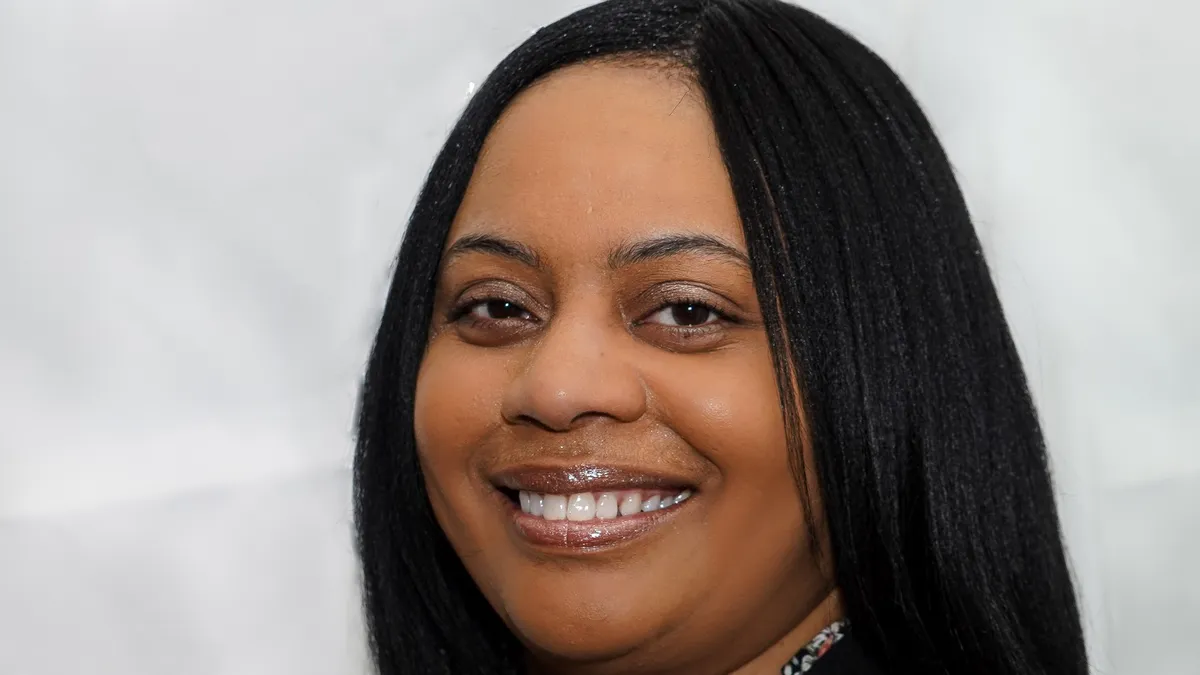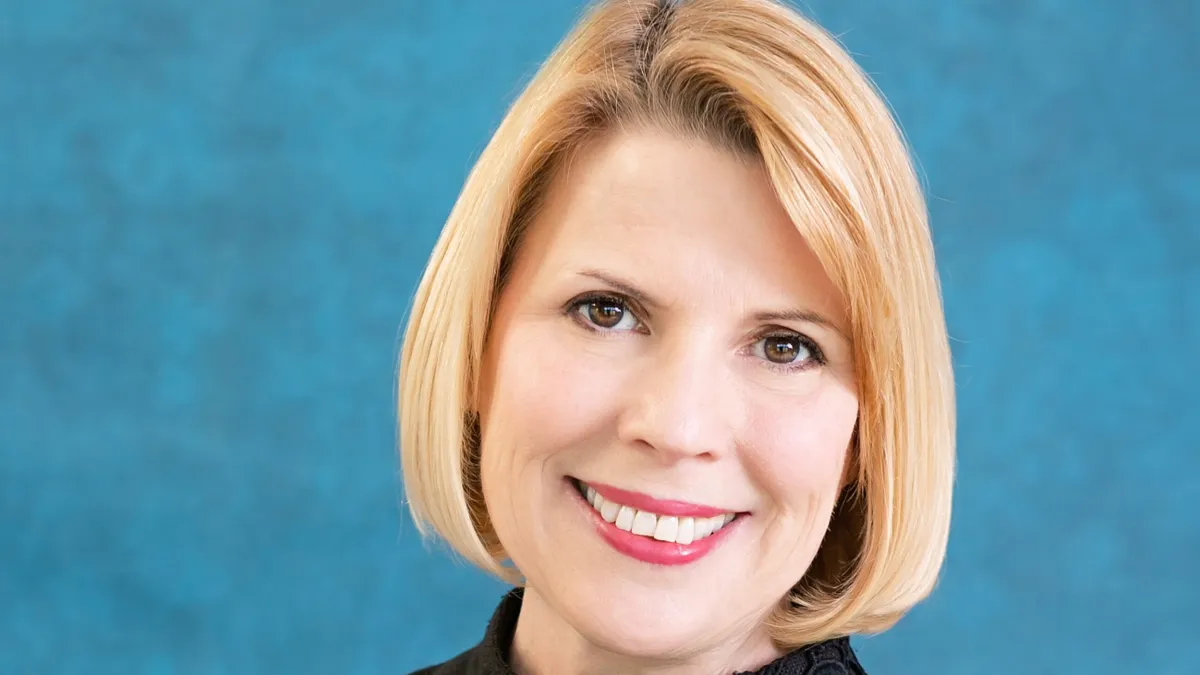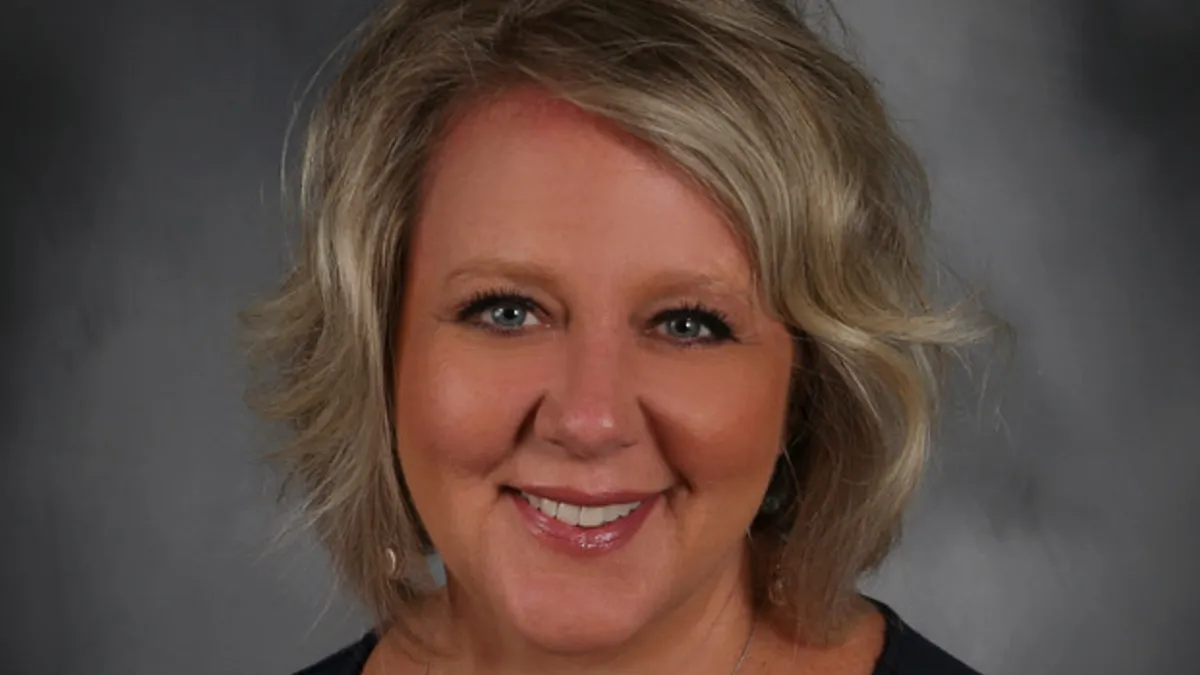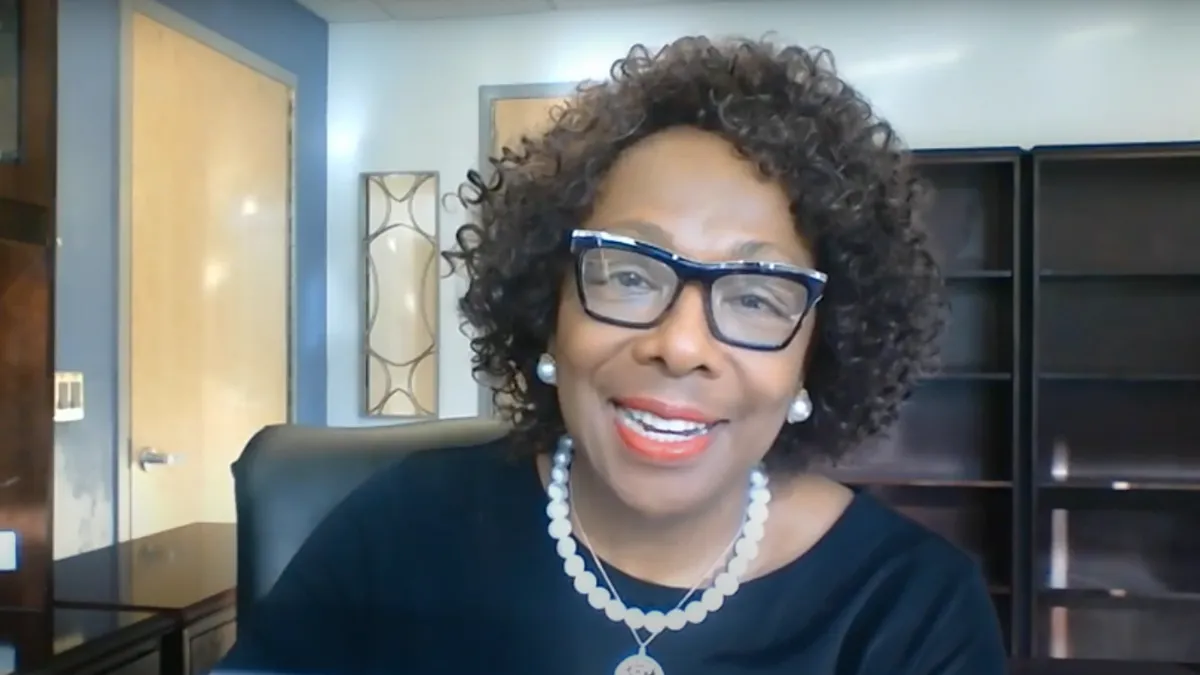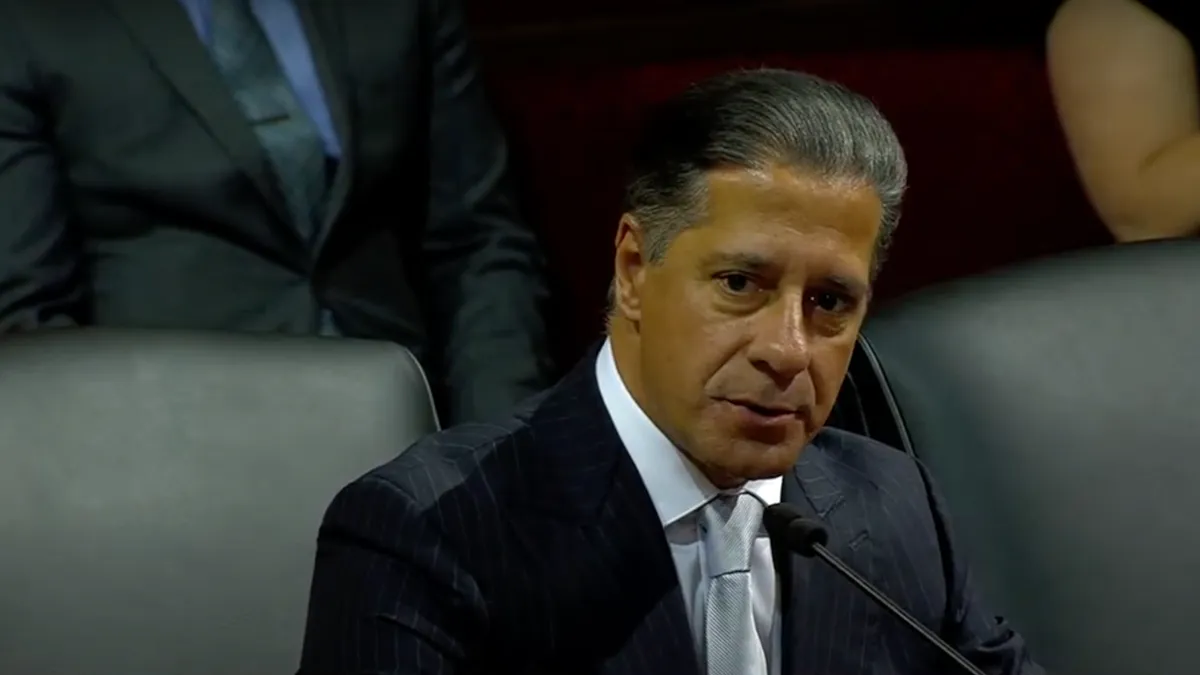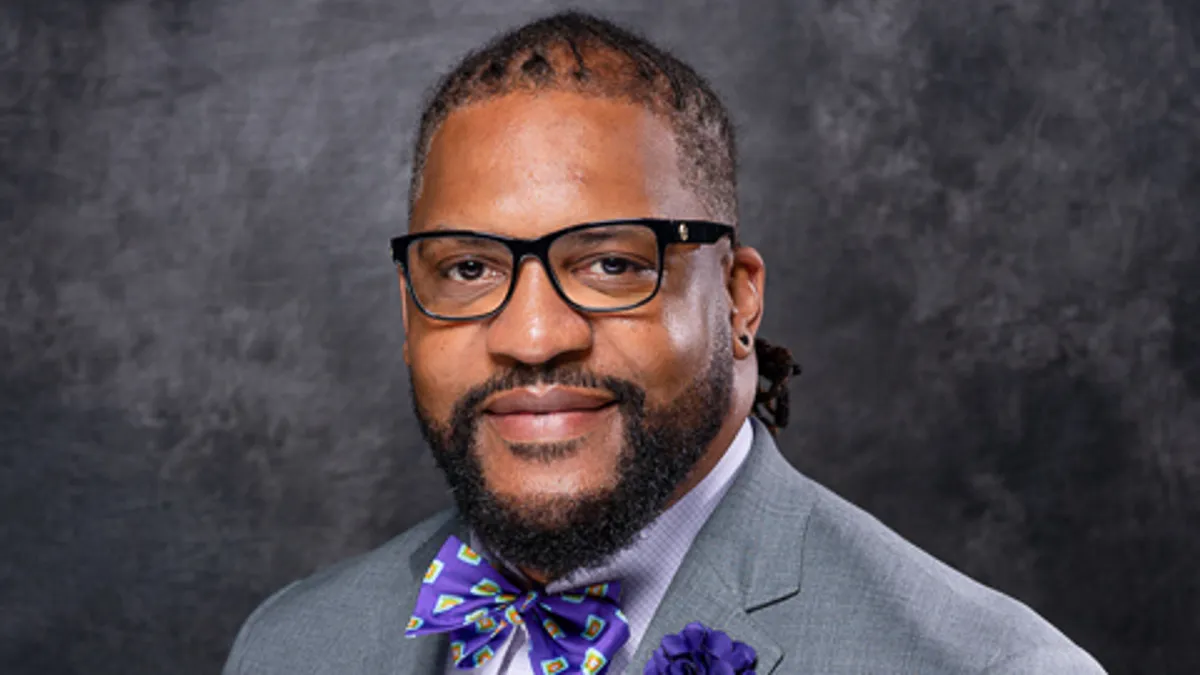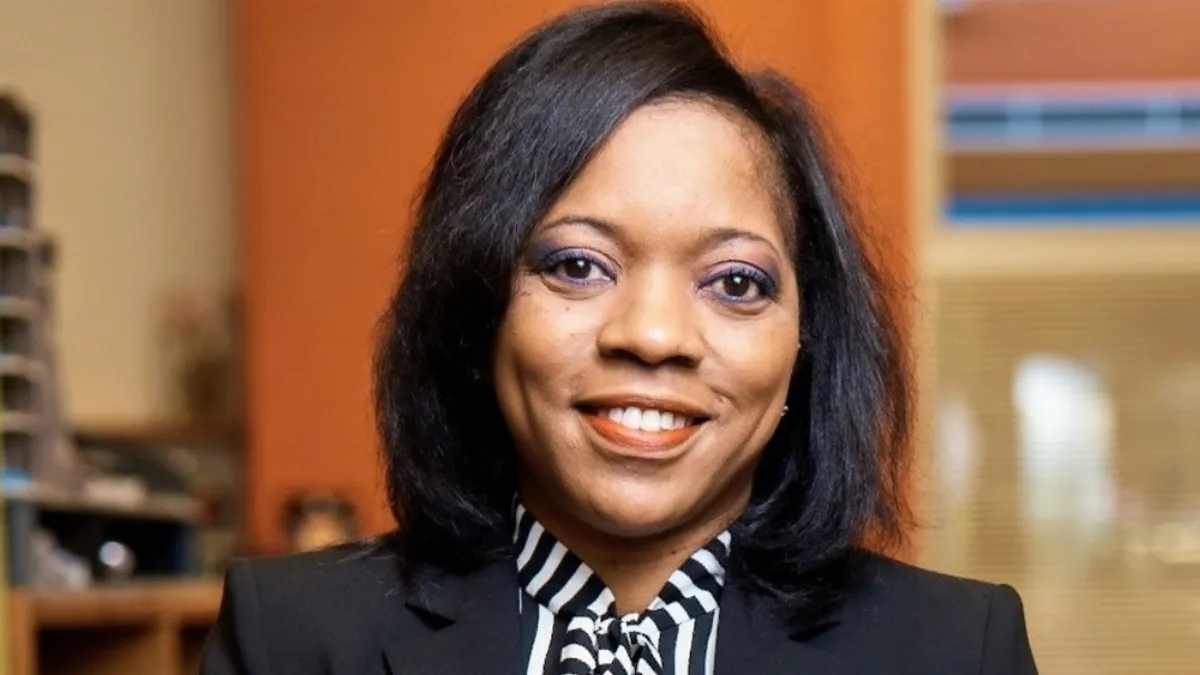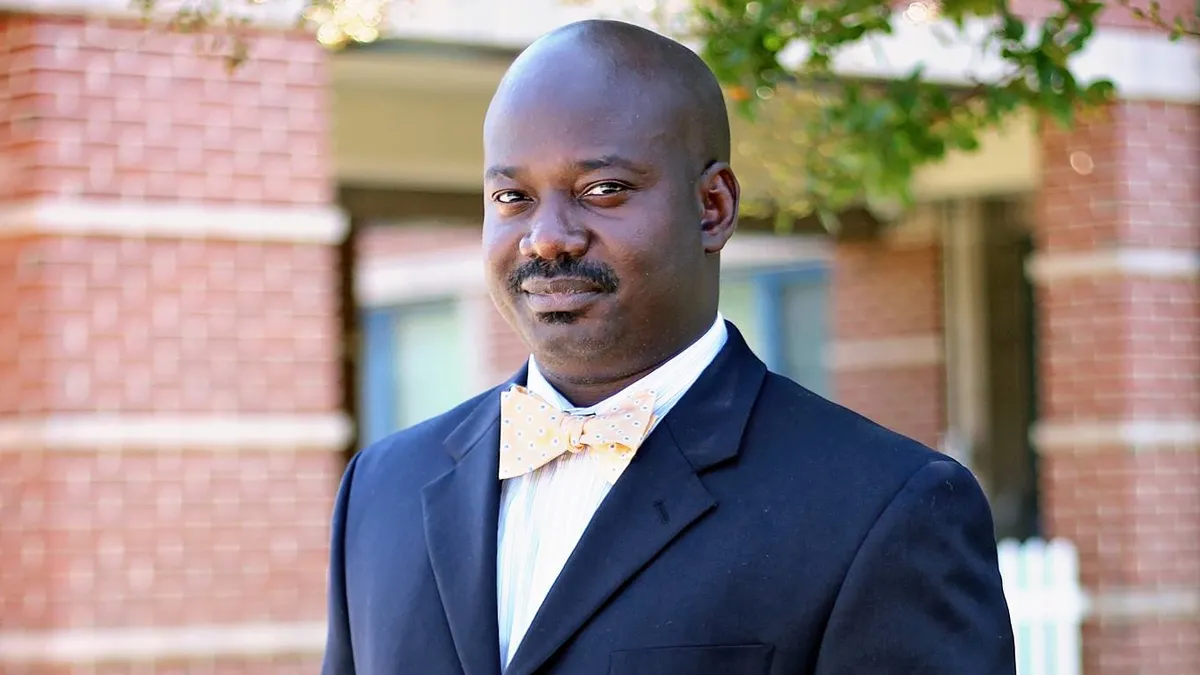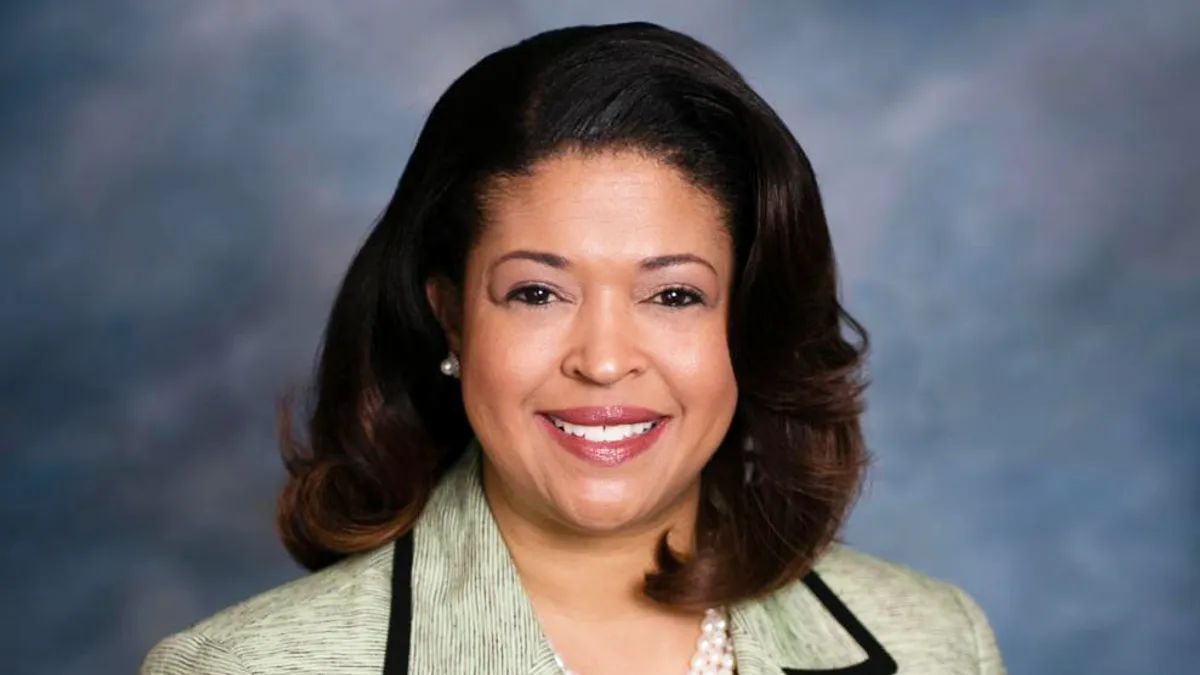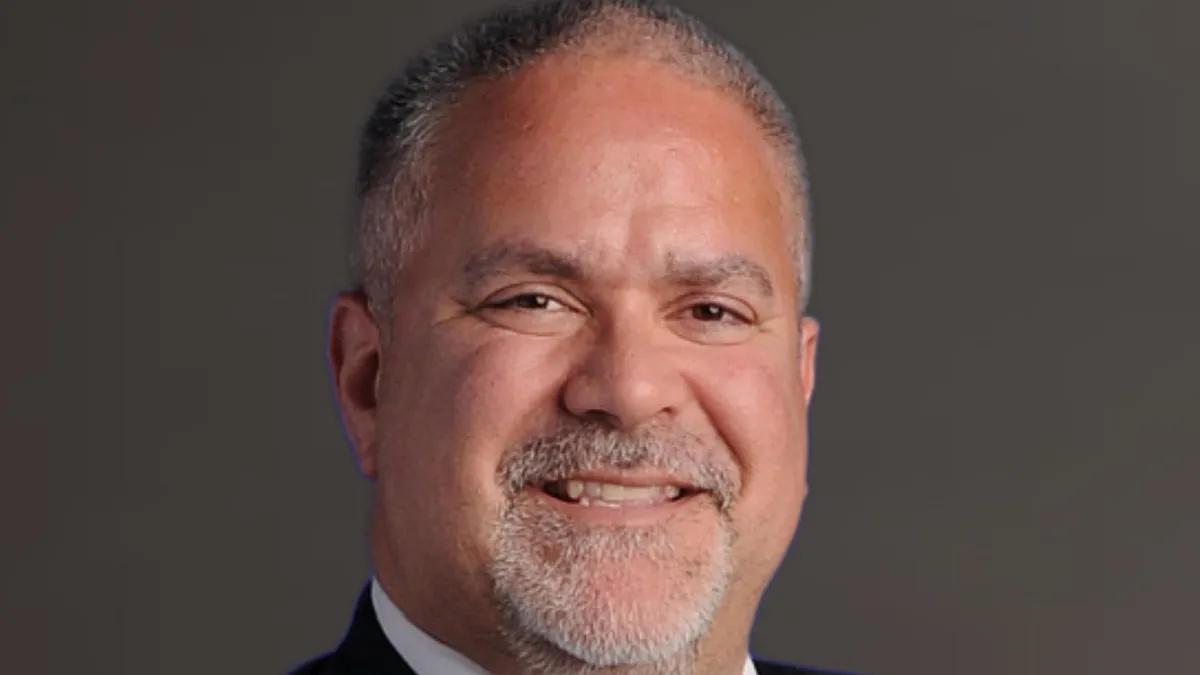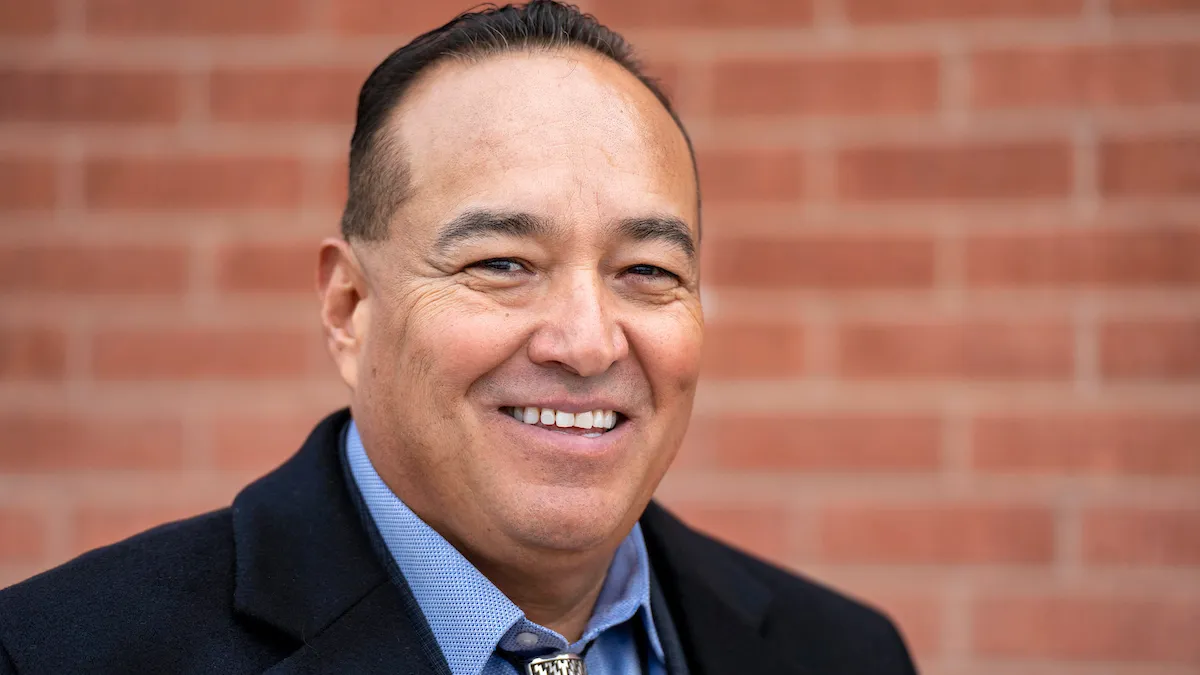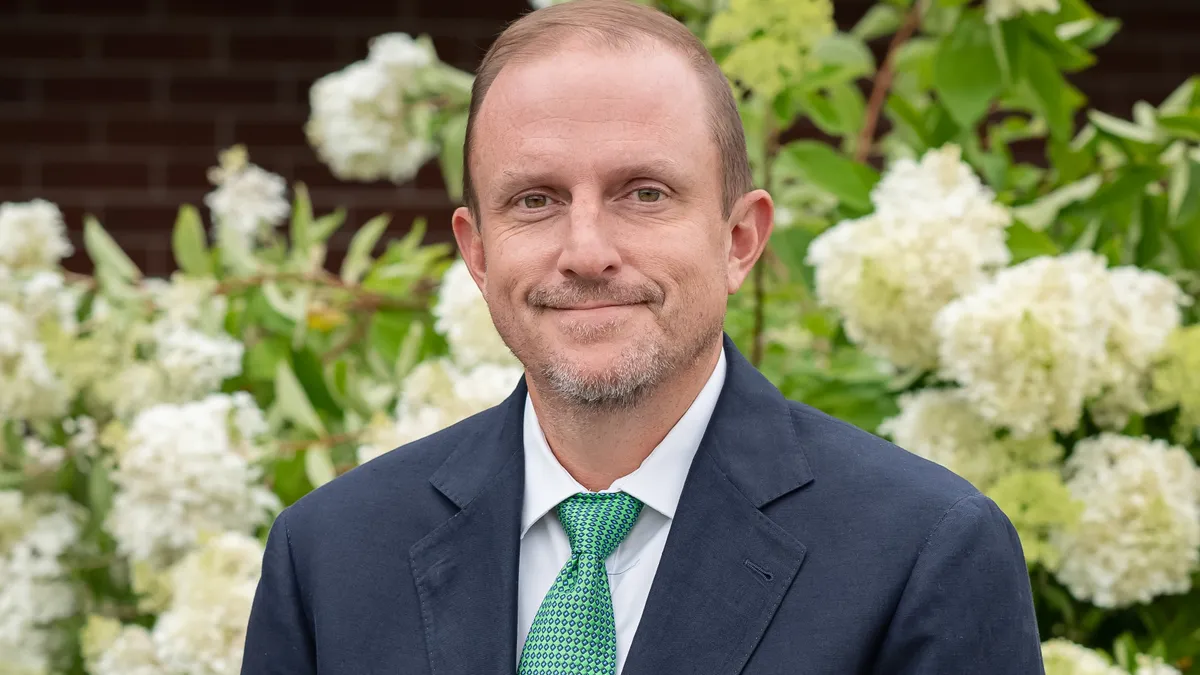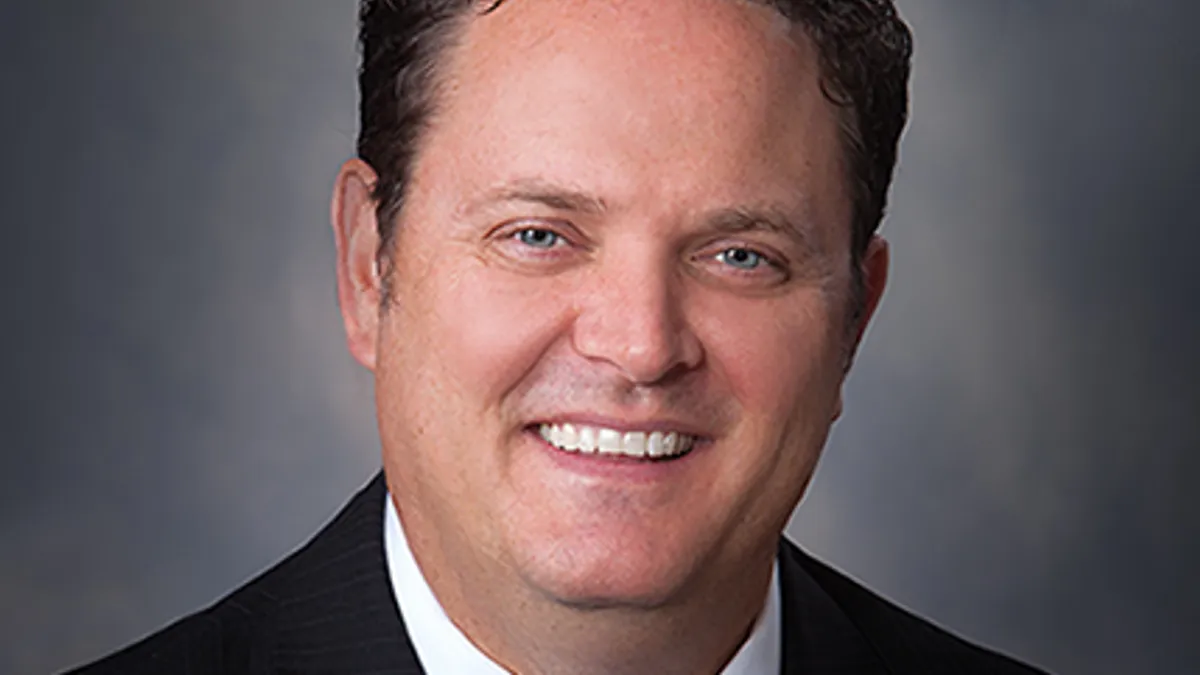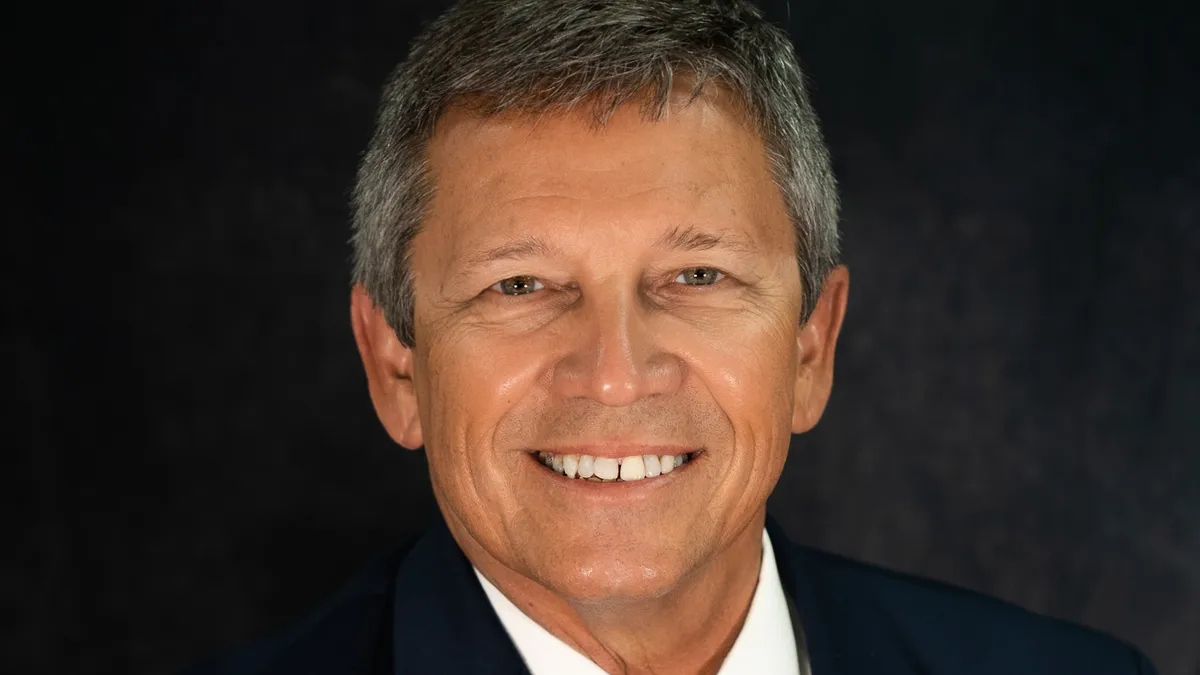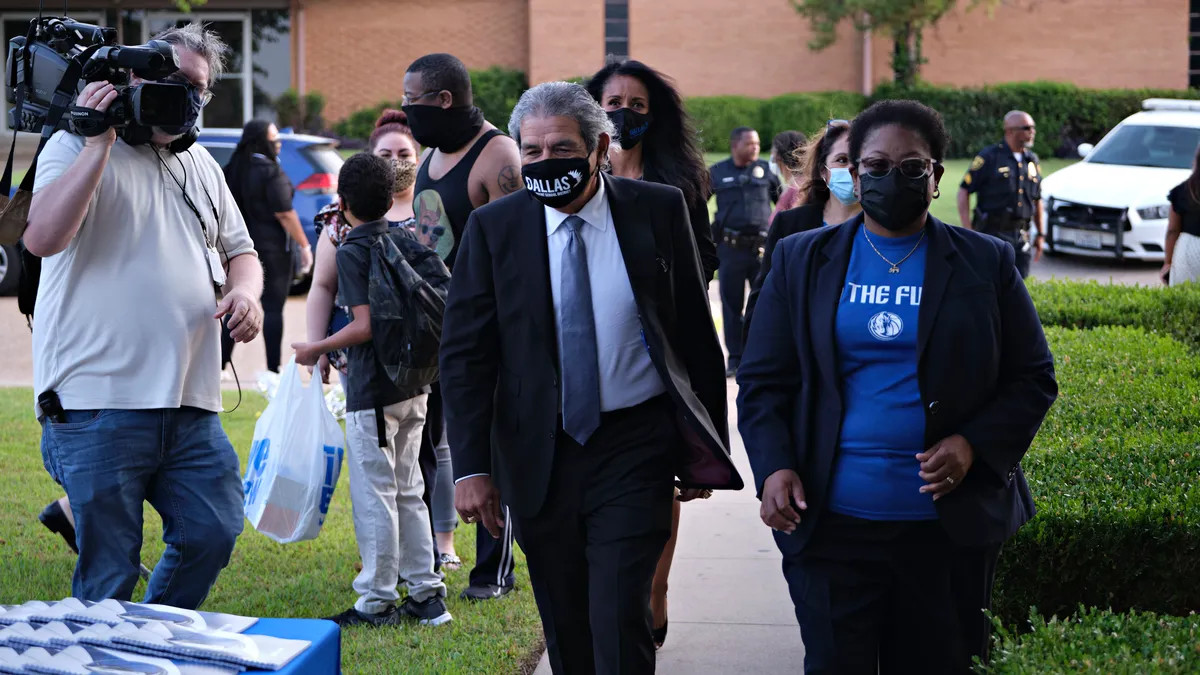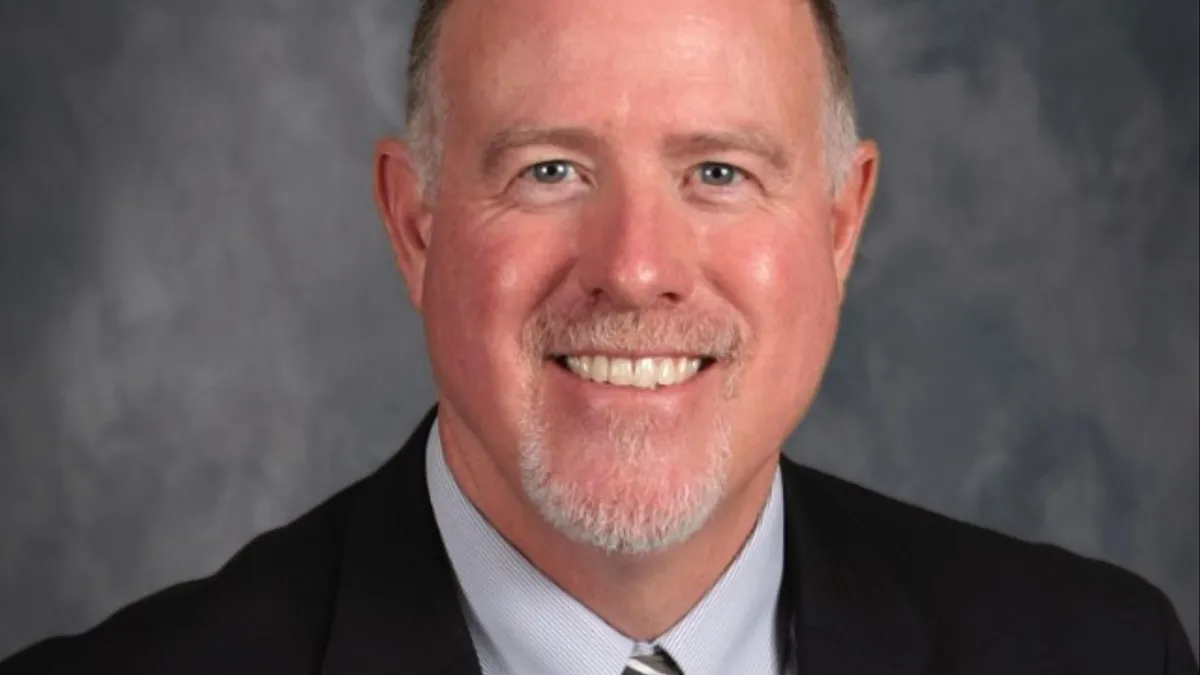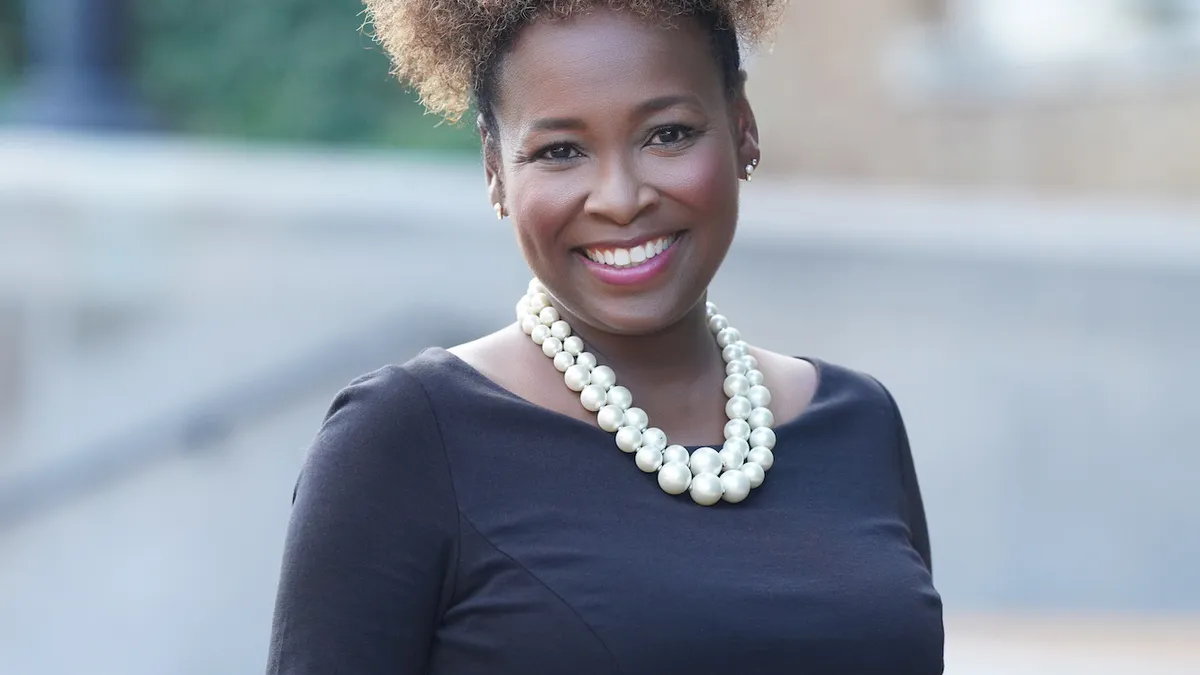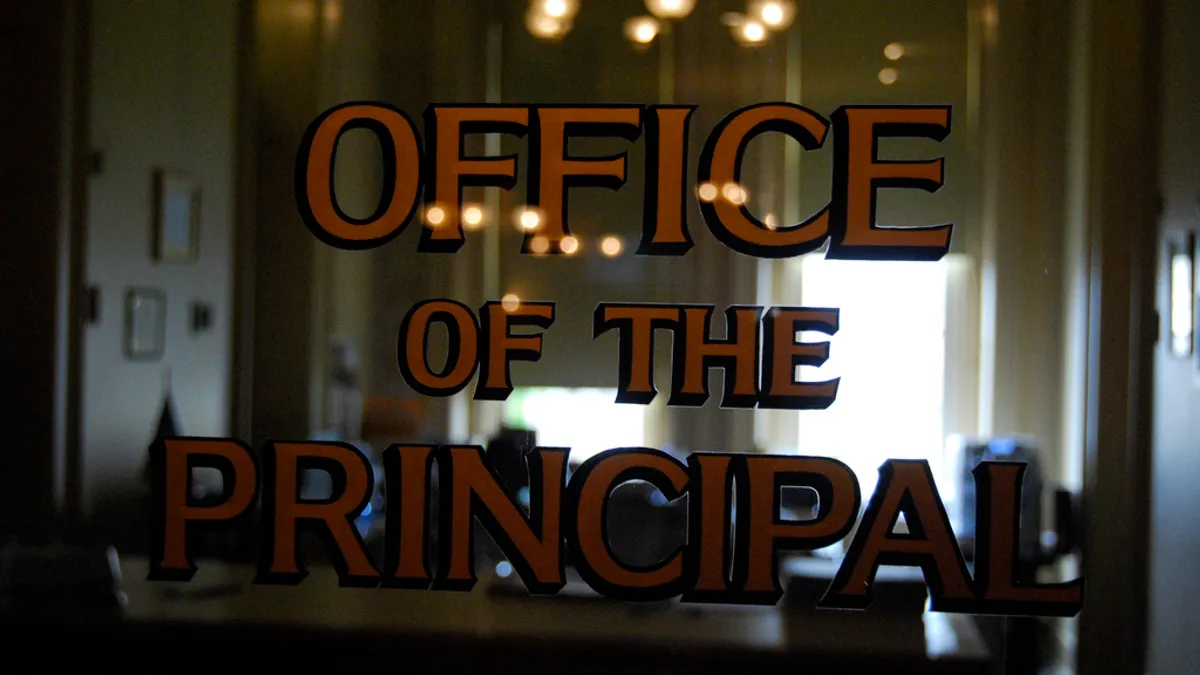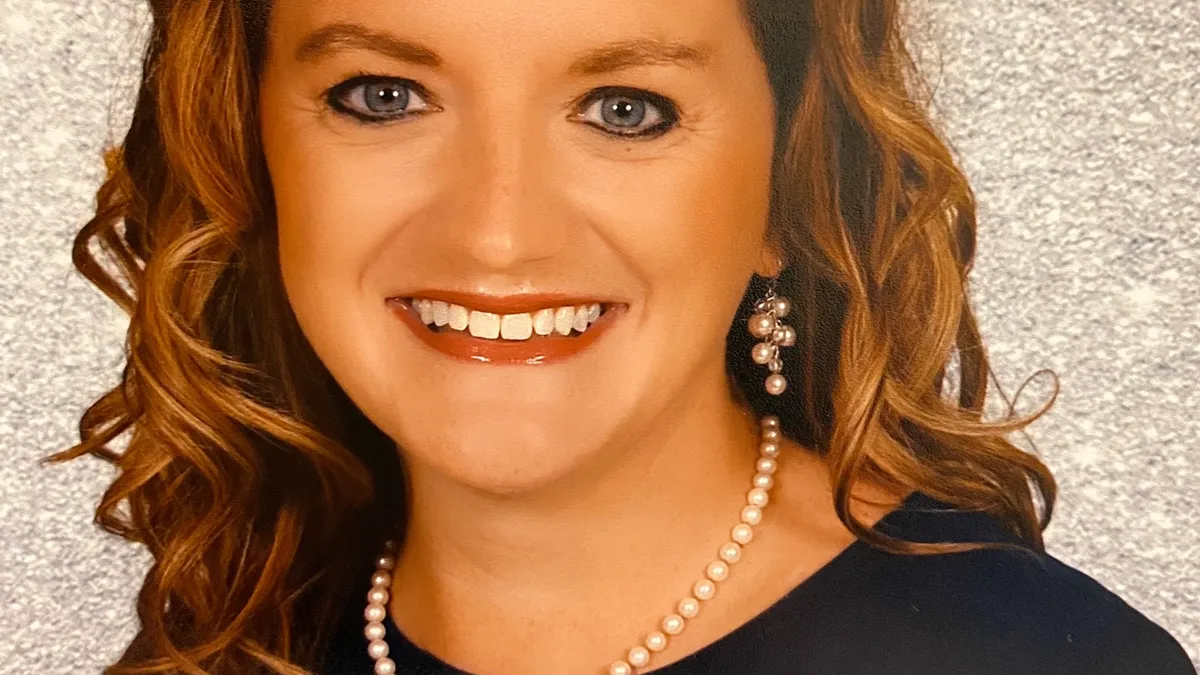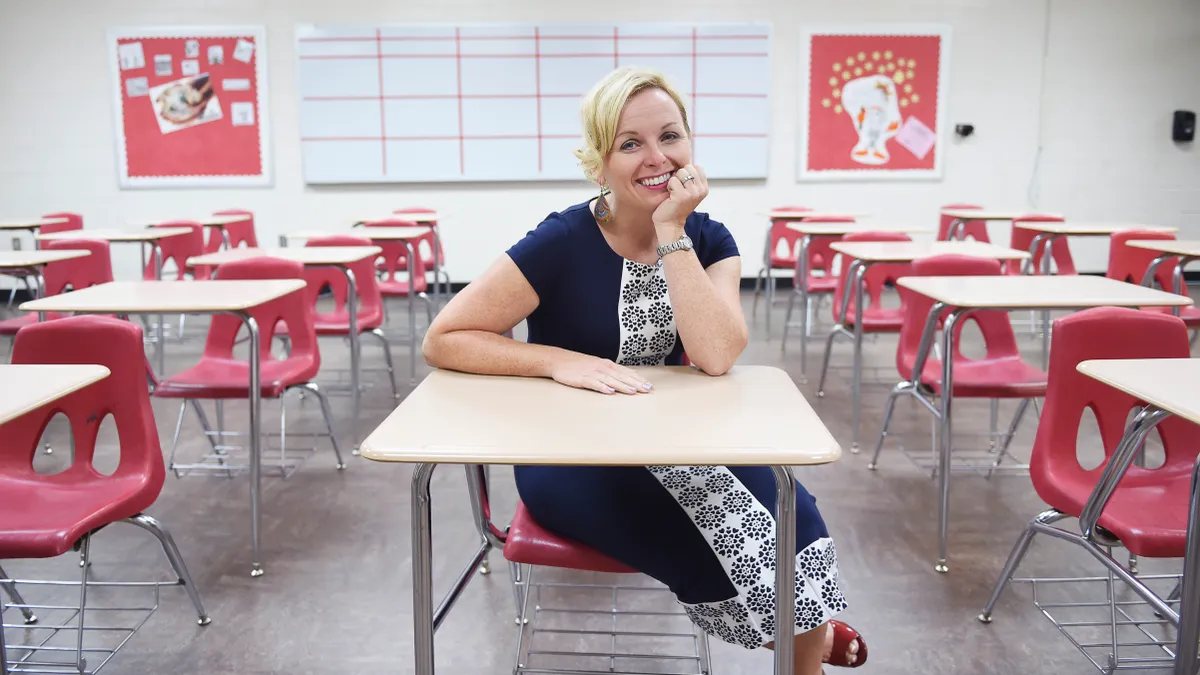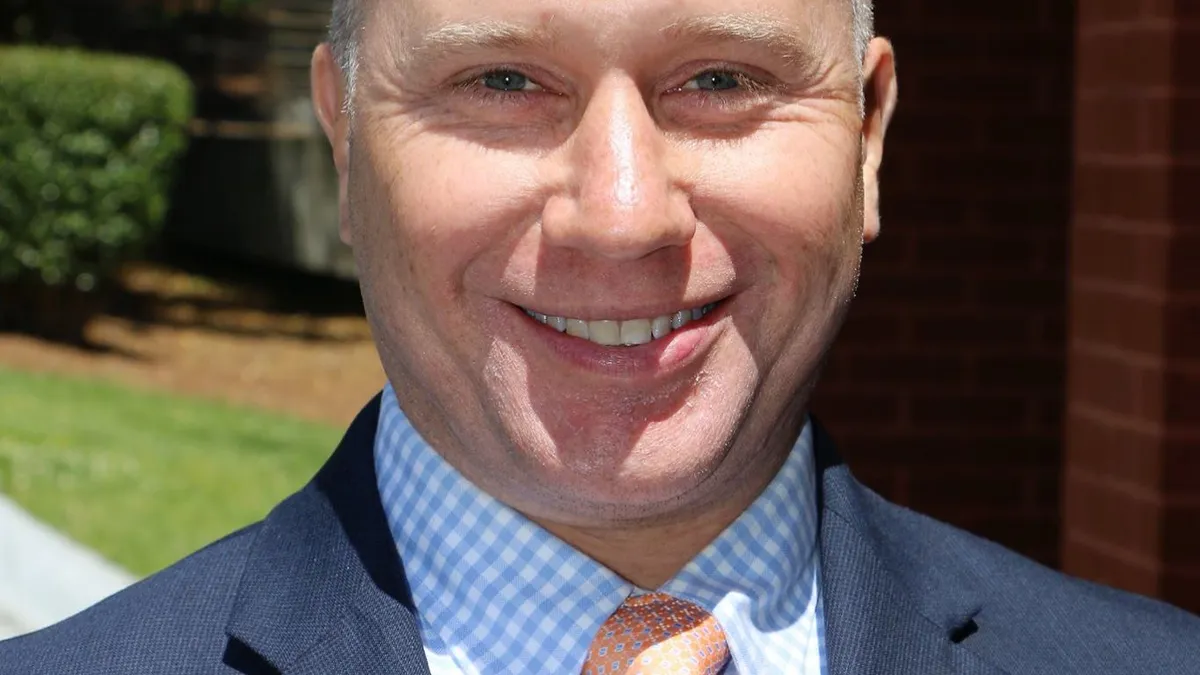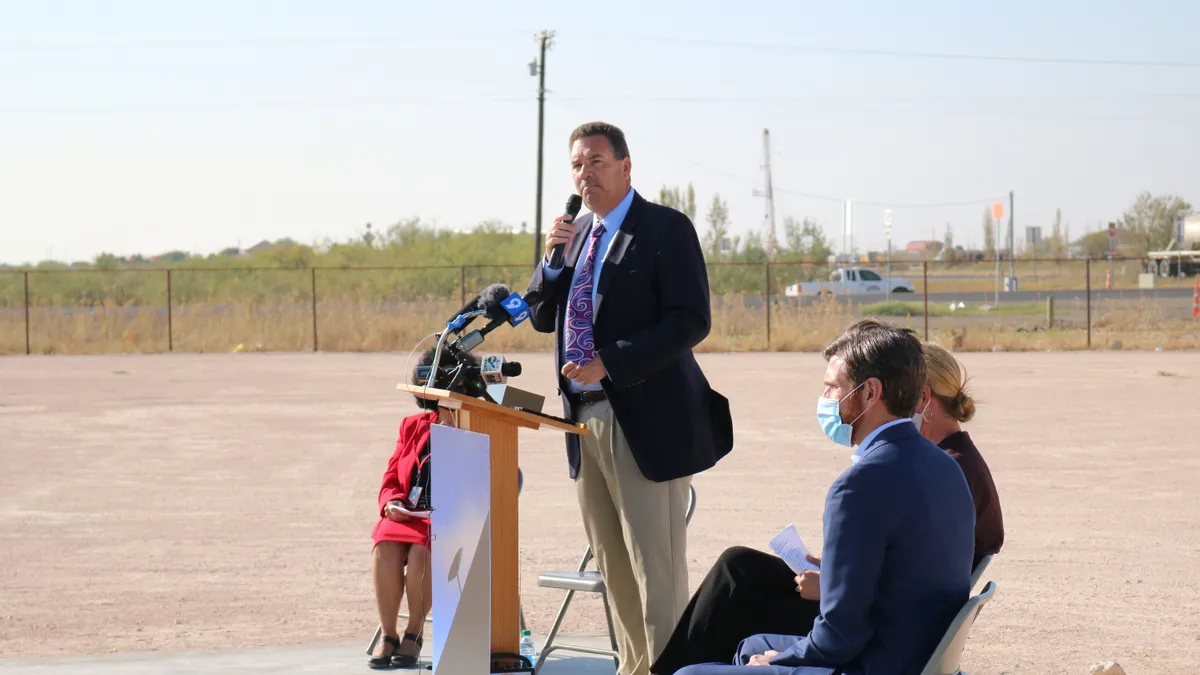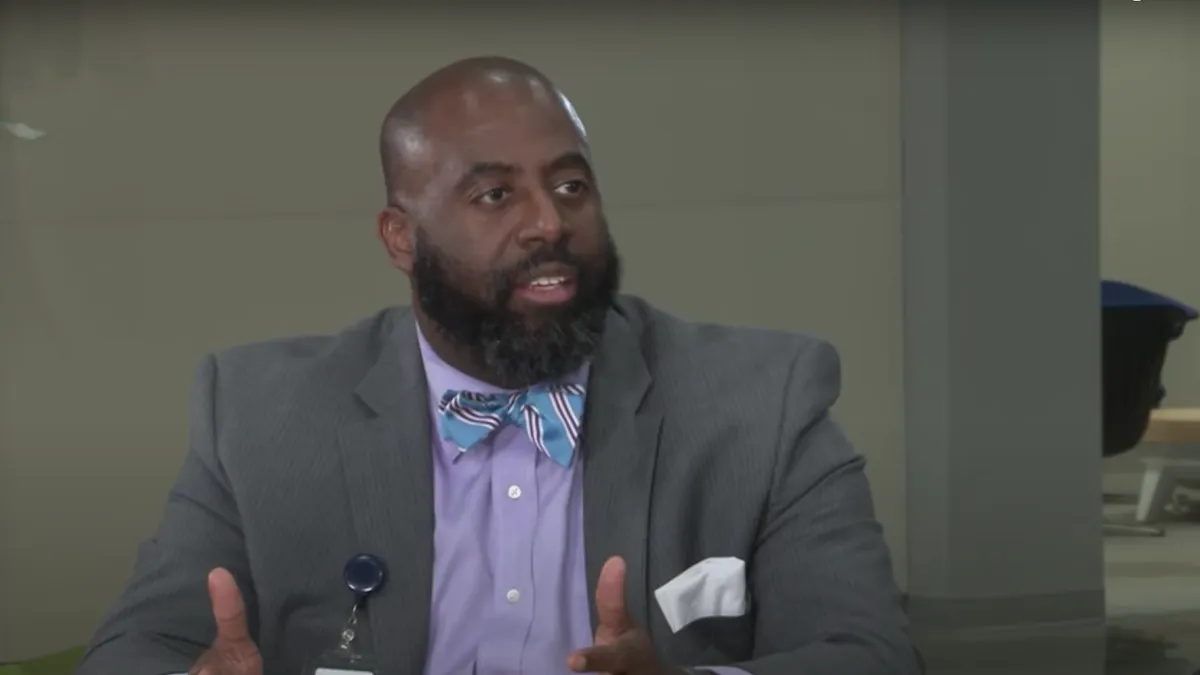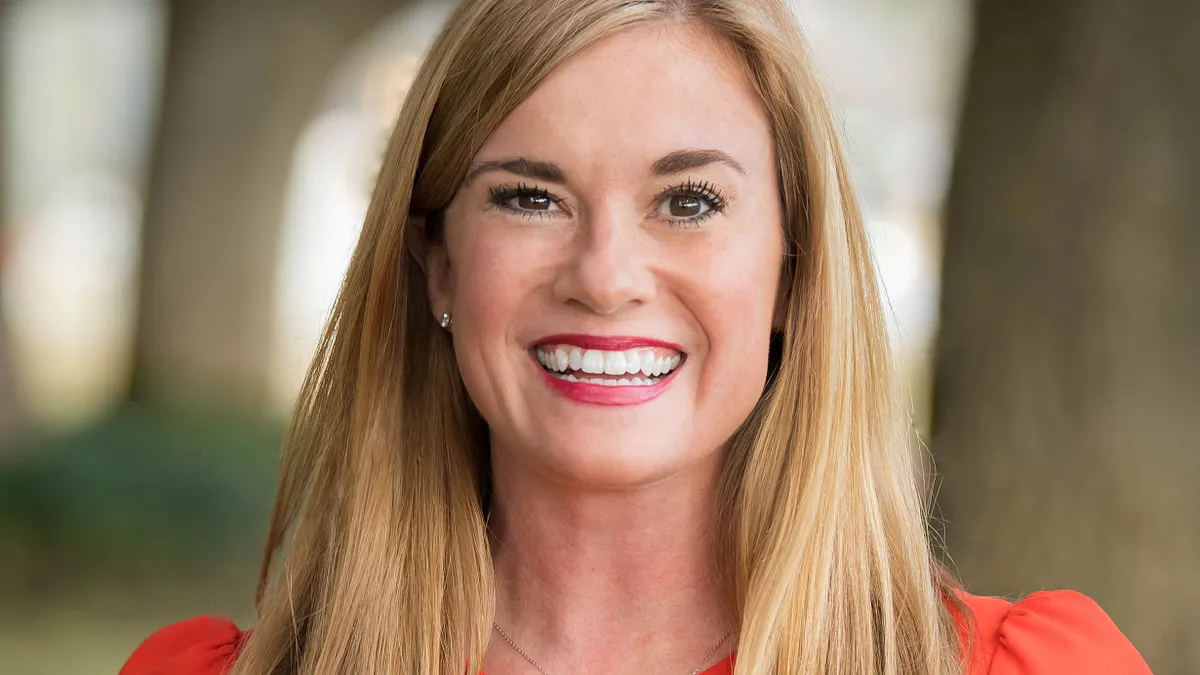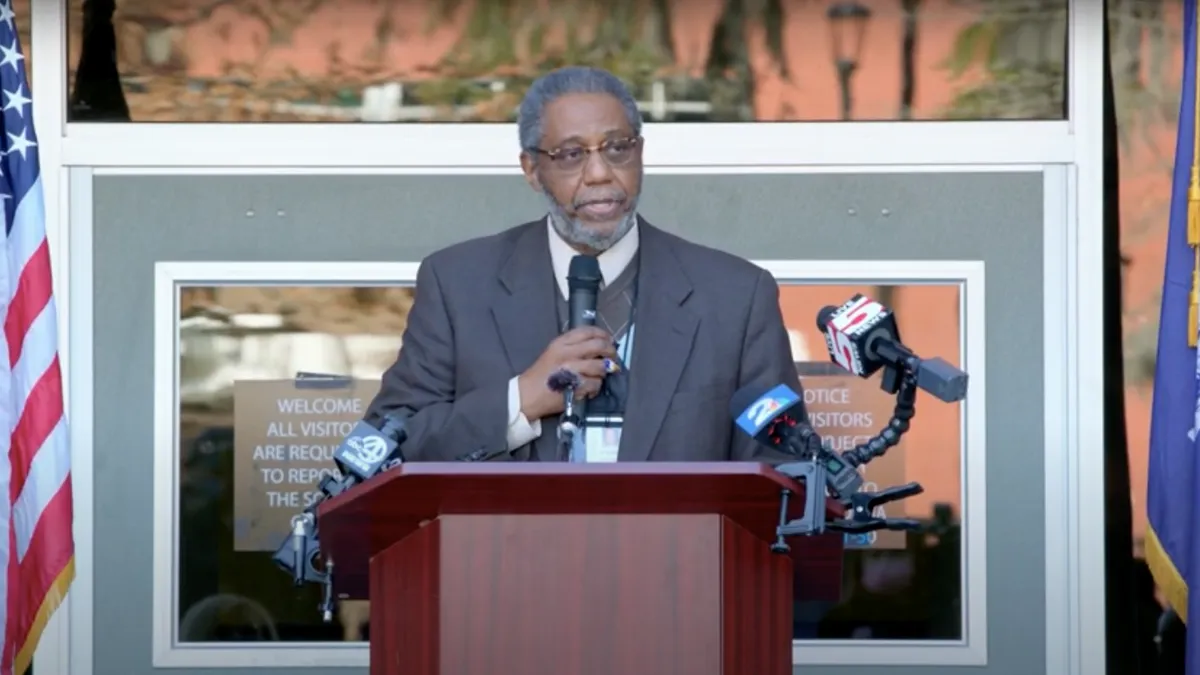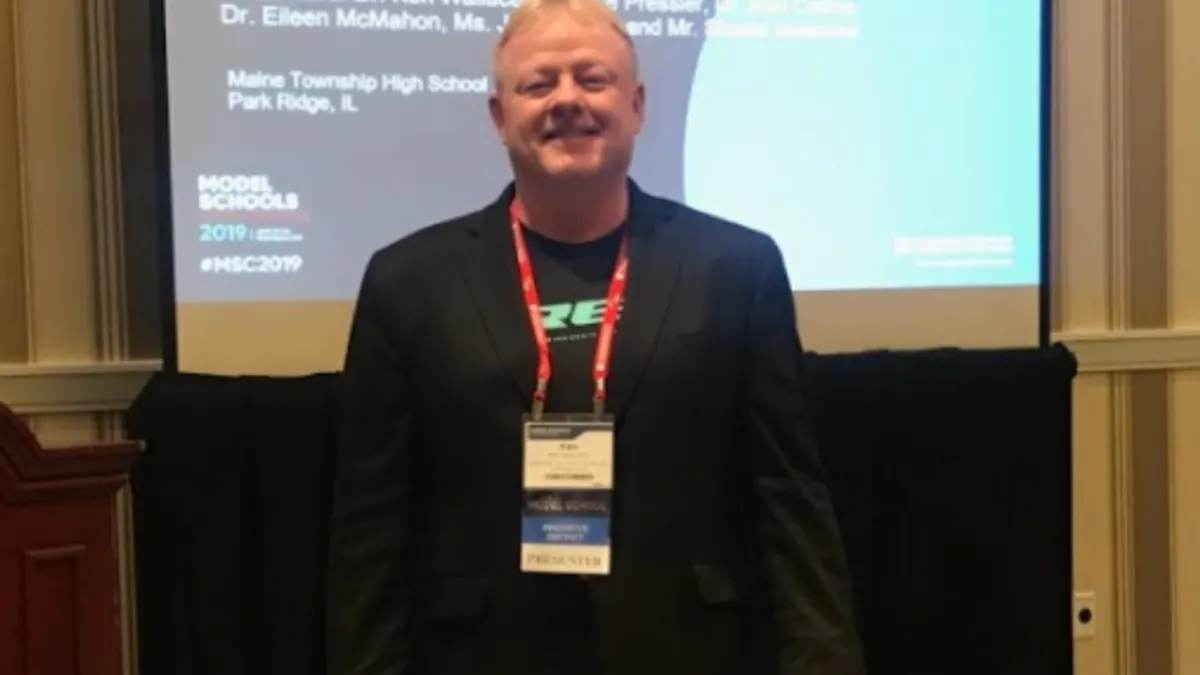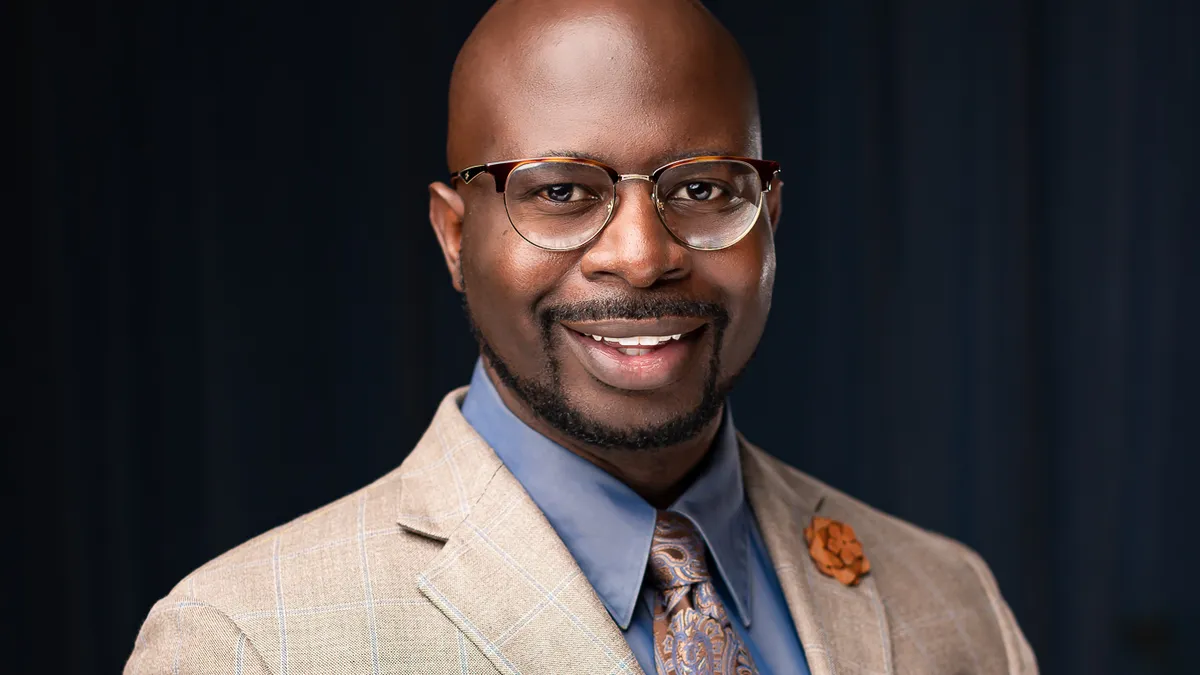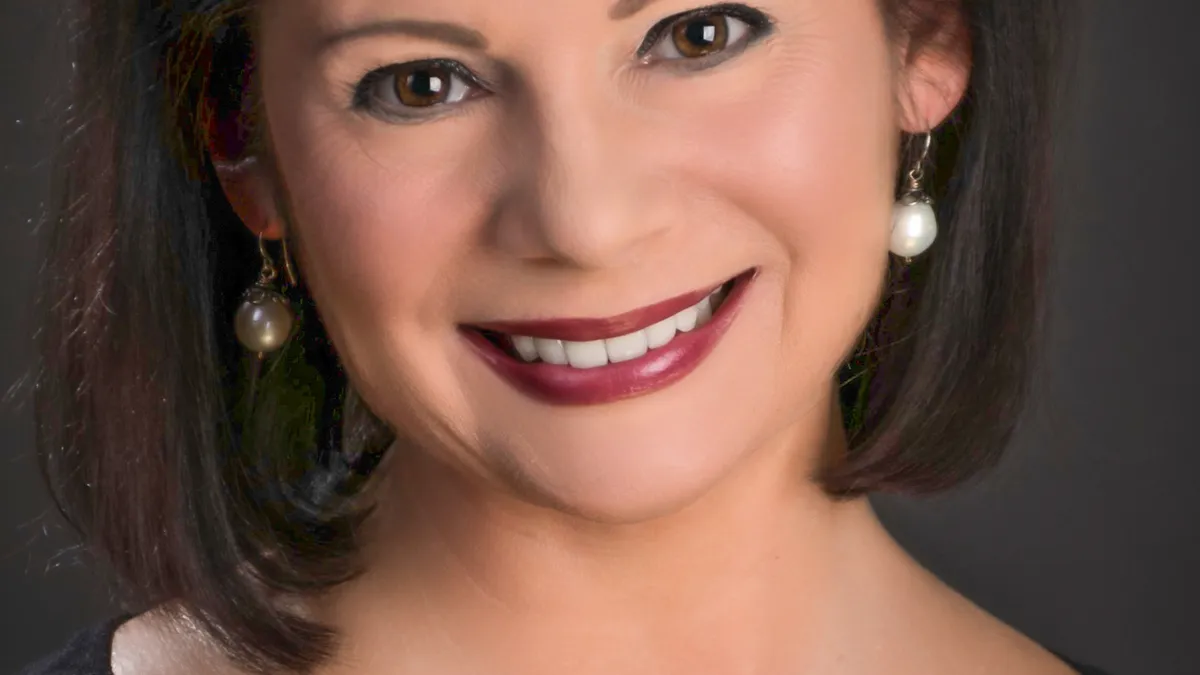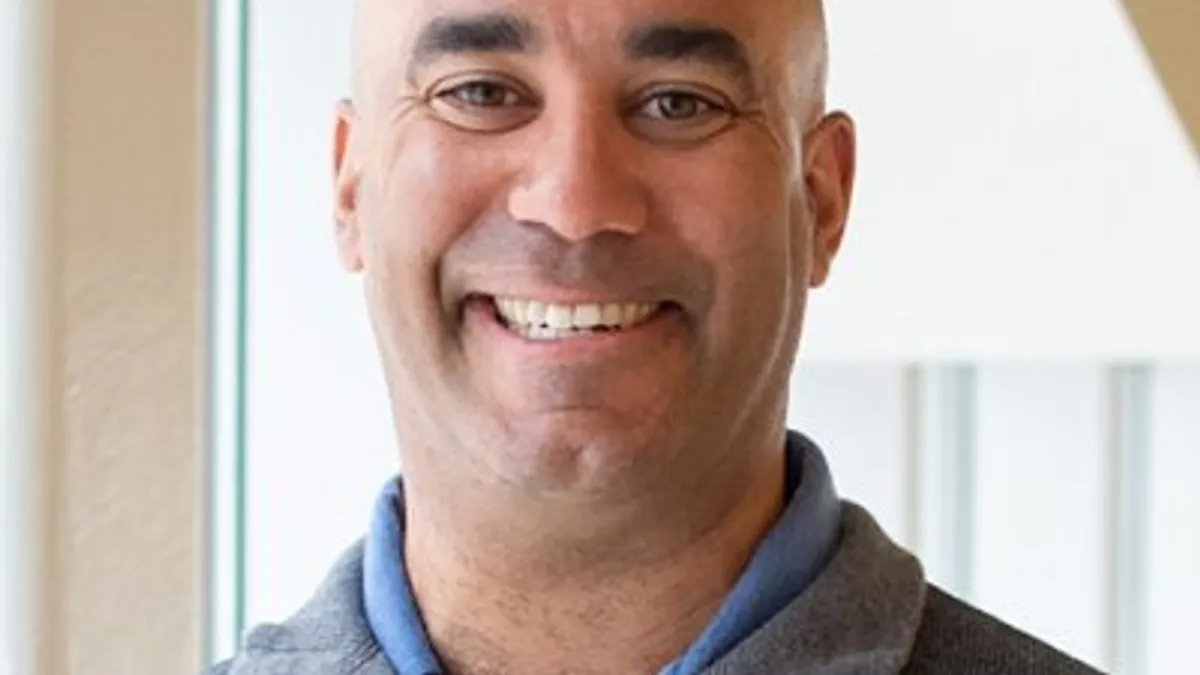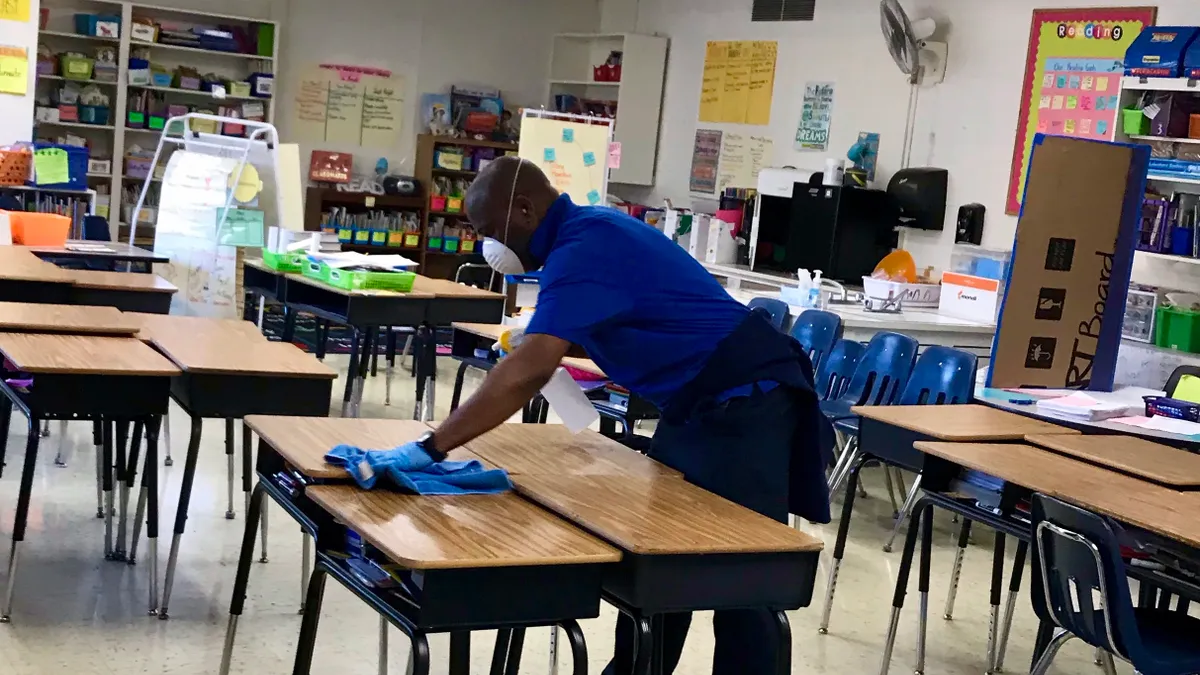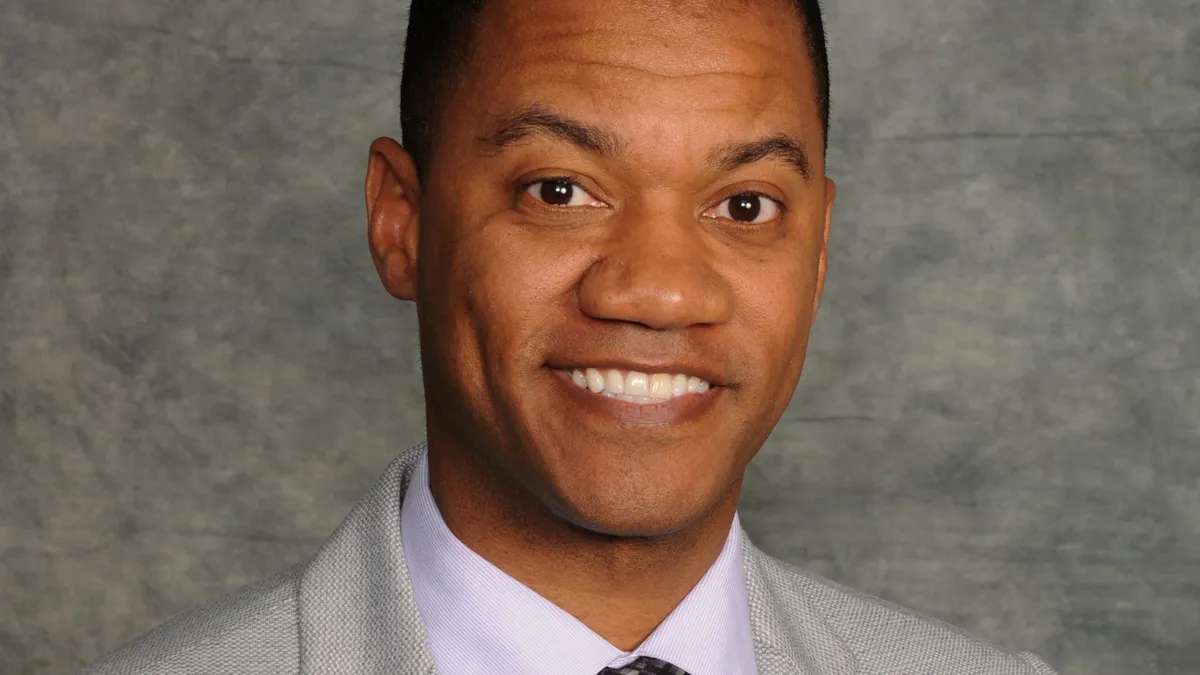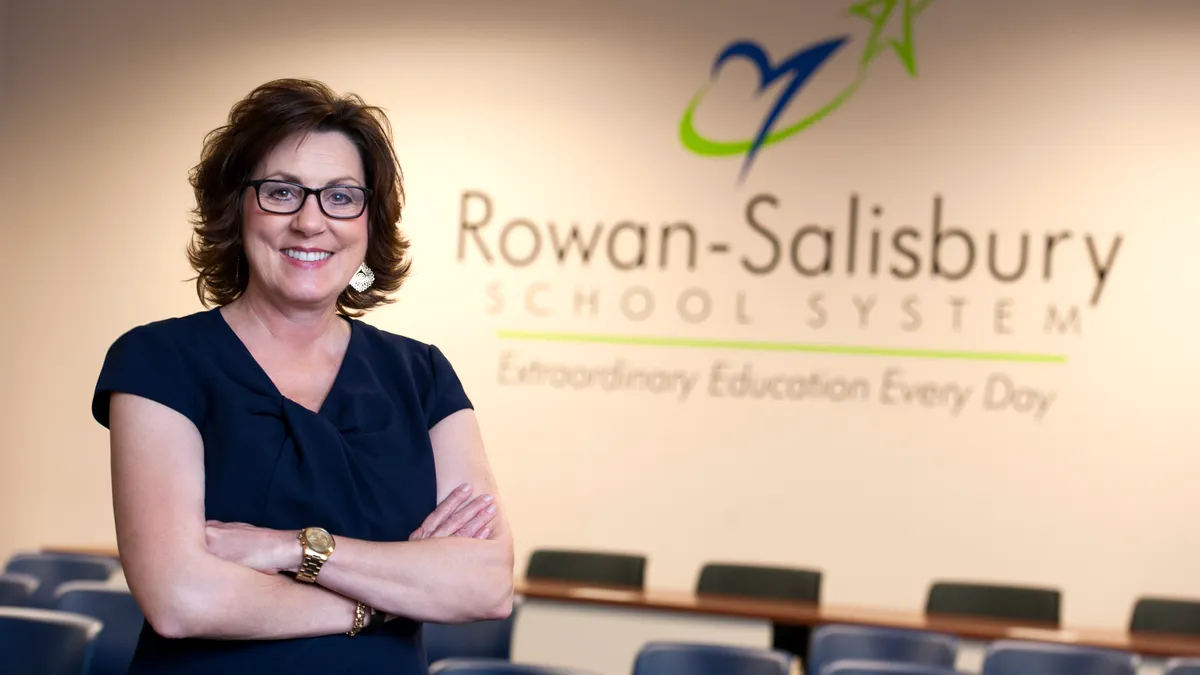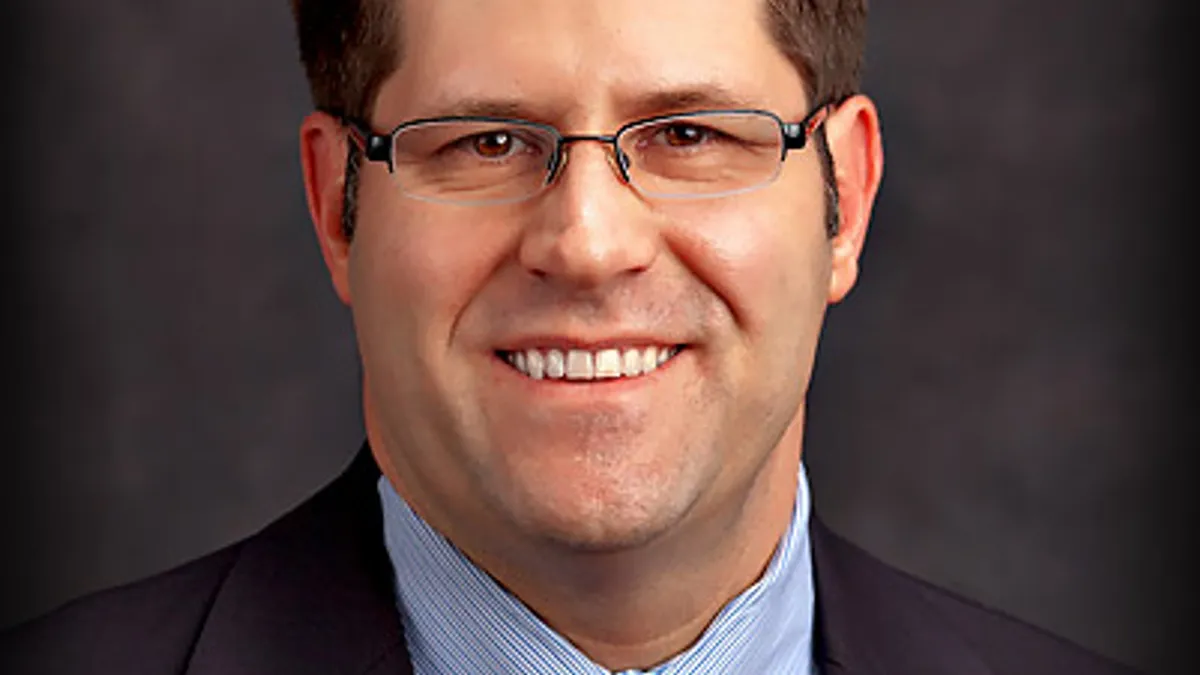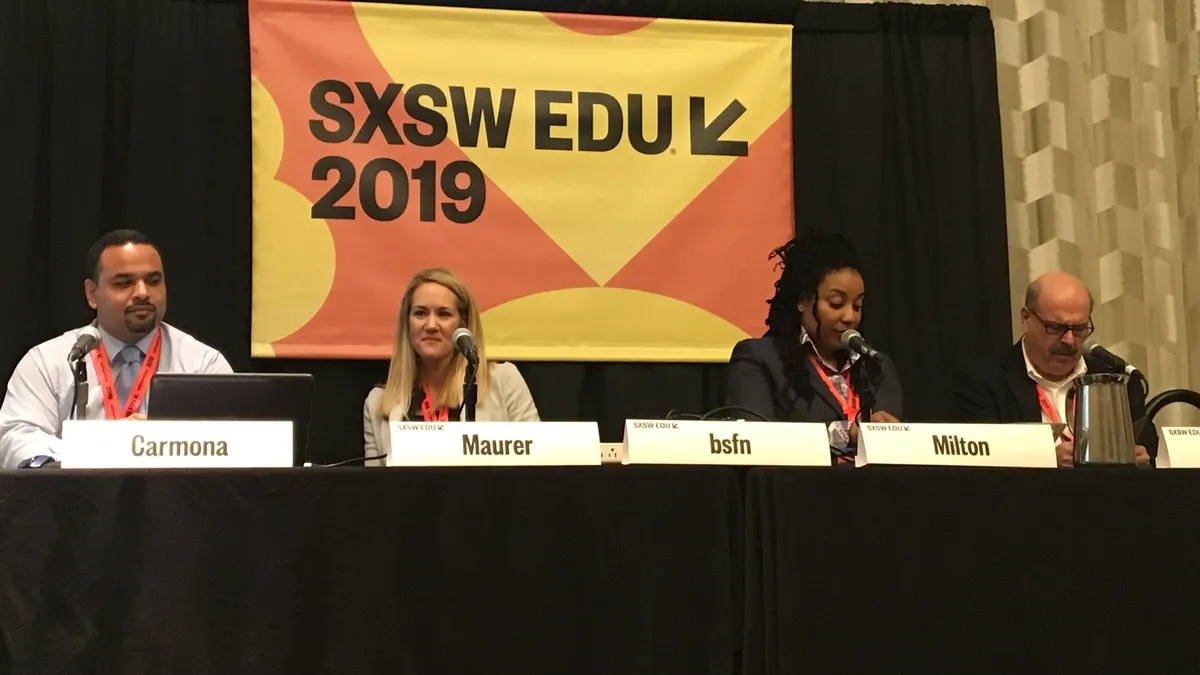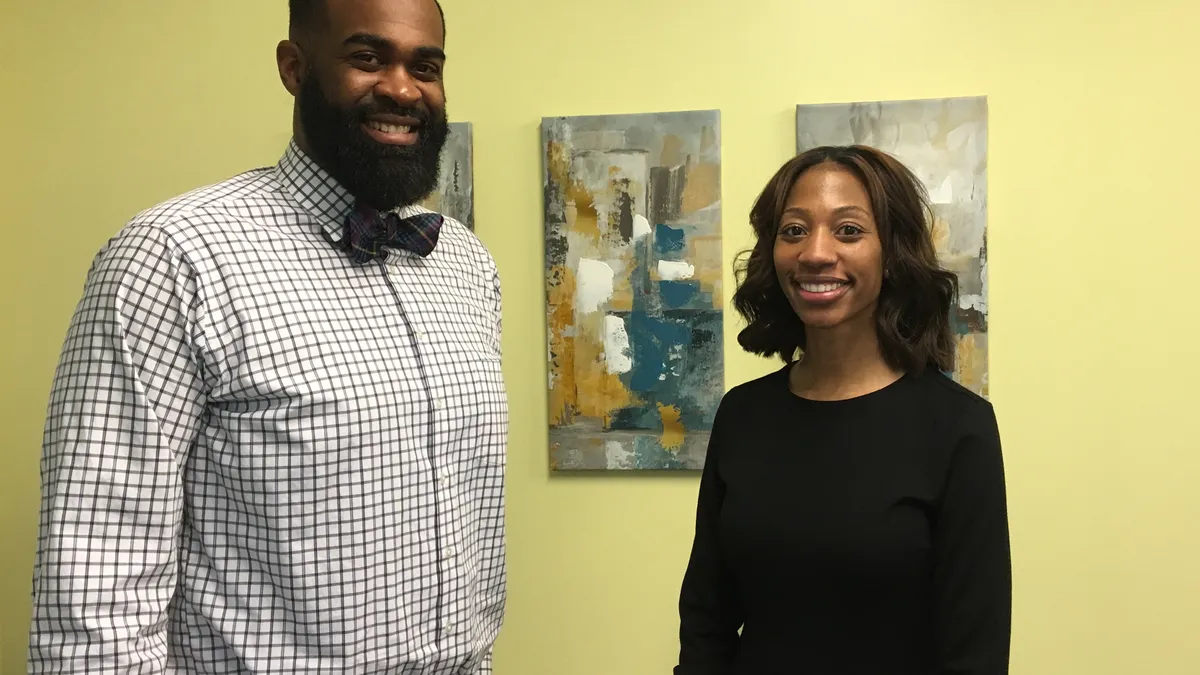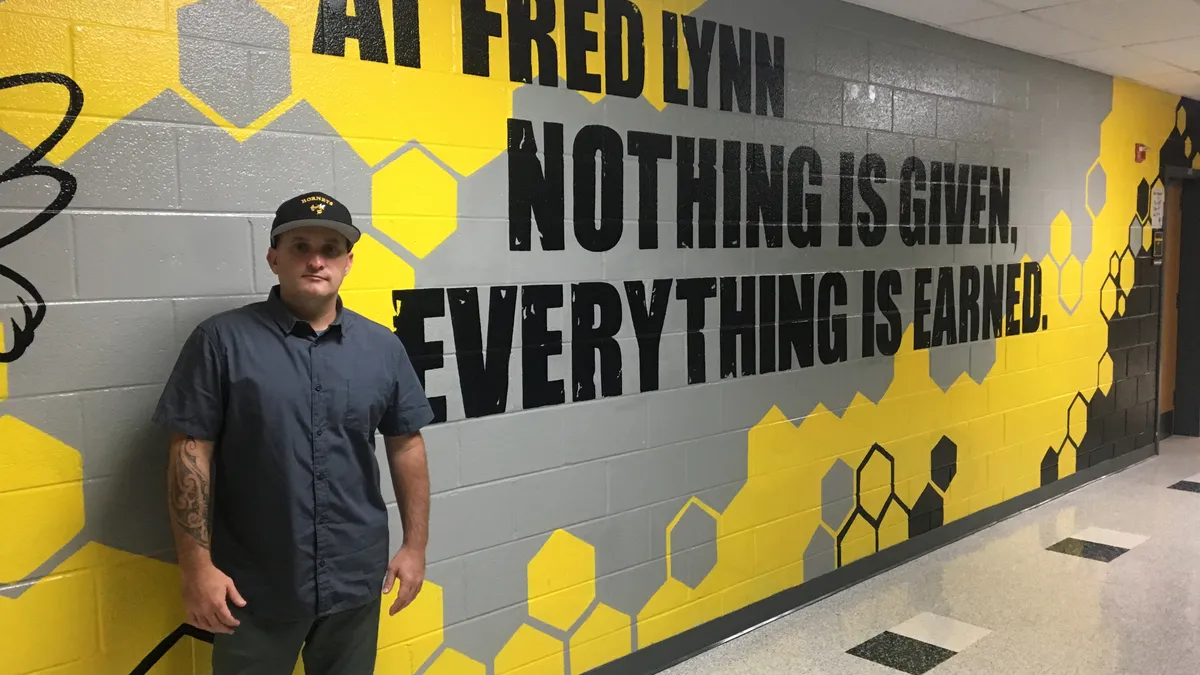Lessons In Leadership is an ongoing series in which K-12 principals and superintendents share their best practices and challenges overcome. For more installments, click here.
Over the past year, we've had a chance to speak with principals and superintendents from schools and districts of all sizes. While the discussions ran the gamut of topics, a handful of educational leadership mindsets are evident across the board.
Here are four key takeaways from this year's Lessons In Leadership cohort.
Leadership isn’t a popularity contest
As the old maxim goes, the right decision isn't always the most popular one. Many of the calls principals and superintendents make are going to have their share of detractors no matter which side of the fence they land on.
During his time leading Indianapolis Public Schools, Washington, D.C. Public Schools Chancellor Lewis Ferebee was no stranger to contention, especially when it came to decisions involving charter schools.
"I've learned that when you do push for better for students who are historically not performing well, you disrupt naturally some systems that have benefited adults and not necessarily children. When you do that, there comes some pushback with that disruption," Ferebee said.
When that resistance comes from other educators, it's also important to approach it as an opportunity to build bridges rather than take things as a personal slight.
"All of my closest friends are teachers in Denver Public Schools," Denver Superintendent Susana Cordova said of a strike that took place in the district earlier this year. "I'm starting my 30th year in DPS, and you can't be 30 years in a place without having deep, meaningful relationships across the system. So I never took it personally."
Dallas Independent School District Superintendent Michael Hinojosa finds it's important to get ahead of any potential challenges, seeking the school community's input in an effort to establish buy-in, as he did with the performance-based Teacher Excellence Initiative and a $1.6-billion bond initiative.
Building pipelines and training opportunities is crucial
As noted in Learning Policy Institute research discussed this year at the National Principals Conference, 35% of principals remain in the position for two years or less.
And the factors contributing to that turnover aren't that different from those leading teachers in many districts nationwide to strike:
- Poor working conditions.
- Lack of resources.
- Insufficient salaries.
- Inadequate preparation and professional development.
- Overwhelming job with inadequate support.
- Lack of decision-making authority.
- High-stakes accountability policies.
District leaders can address at least a couple of those by focusing on building more robust pipelines to administration, fortified with intensive training and mentorship opportunities. In Denver, for example, Cordova told us, “When people are ready to become principals, we really emphasize the use of principal residents, where we have a sitting principal and a resident who's learning from that principal.”
Not only can these efforts lengthen tenures with better-prepared and supported candidates, but they establish a pipeline for when turnover does occur. (And superintendents shouldn't overlook similar models for their own positions and those of their cabinets, either.)
There's no one-size-fits-all leadership model
Of course, there's no "right" way to lead, as a number of factors play a role into what approaches are going to be most effective, and gaining buy-in is easier if students, faculty and other stakeholders leaders are being genuine.
Fulton (Missouri) Middle School Principal, "Lead Like a Pirate" co-author and Education Dive: K-12 Principal of the Year Beth Houf told us that early in her tenure as a principal, she almost considered leaving education all together because she was focused on accountability numbers to the point that it was detrimental to her leadership.
"I didn't lead like me," she said.
"Our job is a serious job and so important, but I need to be having fun when I work. I need to be having fun as a leader," said Houf. "I need to model that to those that I lead.”
As skateboarding principal Hamish Brewer of Virginia's Fred Lynn Middle School told us in prior years, this doesn't mean everyone needs to have a larger-than-life persona — but it does mean your approach needs to be genuine, because people can spot a mile away when you aren't.
Culture is everything
Ultimately, a genuine approach is also necessary to foster positive school culture.
Drawing from his background as a basketball coach, Jefferson County Public Schools (Kentucky) Superintendent Martin "Marty" Pollio told us, "There's just something that great coaches do that allows teams to build this culture where they have a passion for the team, they care for each other, they're focused on the things that drive positive outcomes together, they collaborate together."
He noted that "culture" and "climate" are thrown around a lot as buzzwords, but stated that these are rooted from a district perspective in giving educators at all levels of the organization, from district support staff to principals and classroom teachers, the support and trust to do their jobs effectively — in addition to the systemic supports students may need.
It's a sentiment echoed by Fall Creek School District (Wisconsin) Superintendent and Education Dive: K-12 Superintendent of the Year Joe Sanfelippo: "The first thing is that you need to trust your people. You hired them to do the job. Allow them to do the job."
One way Sanfelippo does this? Giving out between four and six personal days per year.
"The administrators go in and take over for the teacher or the staff member for the day, and that staff member gets a personal day to do what they want," Sanfelippo said. This, of course, also provides Sanfelippo an opportunity to highlight what that member of the school community brings to the table via social media posts documenting his day in their shoes, because it's all about making sure "people knew and understood how incredible our staff is in terms of the work that they do."






